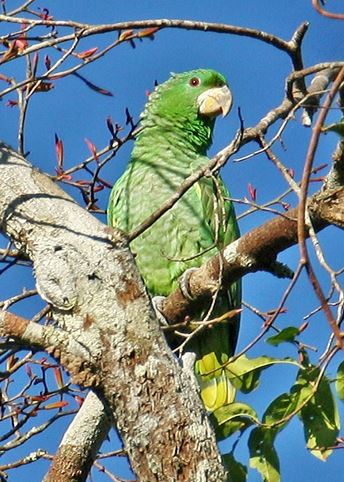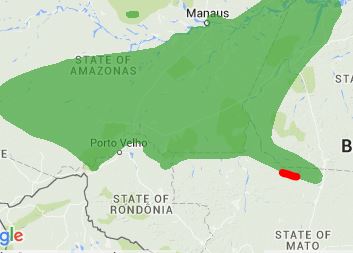Cape Town is one of Africa’s most beautiful and fascinating cities and there is plenty here to deserve a few days stay before or after heading off into the bush on safari. This series on Cape Town and the Eastern Cape Province covers a trip we did back in April 2009.
GETTING TO CAPE TOWN
I have a post on getting to South Africa using airline miles with details of the best programs to use. Cape Town is well served by international flights and most people like to fly here and leave from Johannesburg (or vv) so they can see as much of South Africa as possible.
South African Airways is a Star Alliance member and the obvious choice to fly here and around South Africa. You can also get here on Ethiopian Airlines, Turkish Airlines & Lufthansa.
Comair is part of British Airways and offer good value using Avios to get around South Africa but always check the YQ surcharges as these can be excessive. Qatar Airways and British Airways also offer flights from the Middle East & Europe respectively.
Only Europe has direct flights to South Africa on KLM & Air France.
WHERE TO STAY ON HOTEL POINTS
As a world class destination, Cape Town is well supplied with hotels you can redeem with points for all budgets.
IHG REWARDS
Holiday Inn Express Cape Town City Centre – 15,000 points
SPG
Westin Cape Town (This is where we stayed) – 10,000 Starpoints
Since it was so long ago, I am not doing a full review as updated info can be found on Trip Advisor but I must say we LOVED the view!
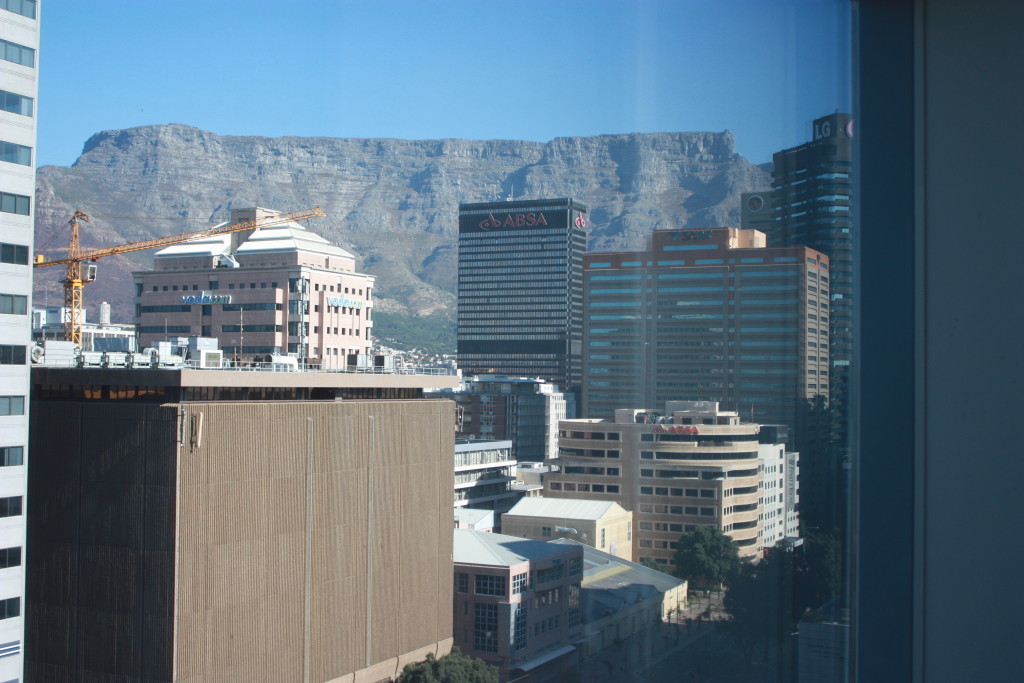
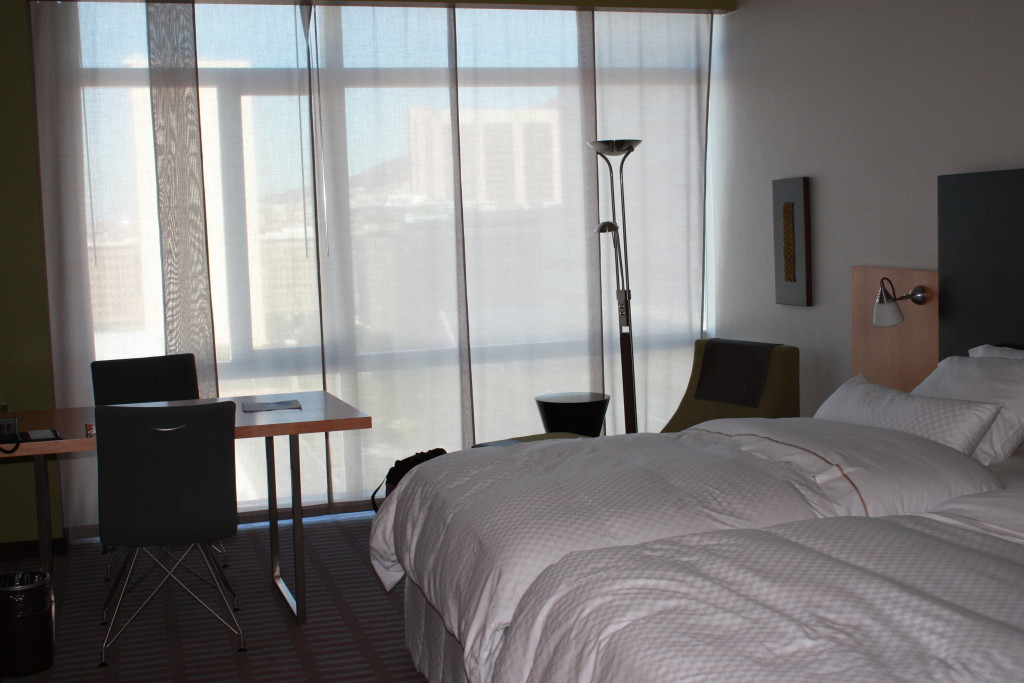
CLUB CARLSON
They have 4 options in Cape Town:
Radisson Blu Le Vendome – 38,000 points
Radisson Blu Waterfront – 70,000 points
Park Inn by Radisson Cape Town Foreshore – 28,000 points
Park Inn by Radisson Newlands – 28,000 points
HILTON
Hilton Cape Town City Centre – 40,000 points
Doubletree Upper East Side – 20,000 points
MARRIOTT
Since Marriott partners with the South African chain Protea, they have a whopping 14 options in Cape Town ranging in price from 7500 – 20,000 Marriott Rewards points.
Or you can go indie and choose from many hotels on PointsHound or Rocketmiles to earn frequent flyer miles for them.
WHAT TO SEE IN CAPE TOWN
Here are a few suggestions for sight-seeing in Cape Town greater city area. I will make a separate post for our day trip around the Cape of Good Hope.
VICTORIA & ALBERT WATERFRONT
Great for dining, shopping and soaking up the atmosphere.
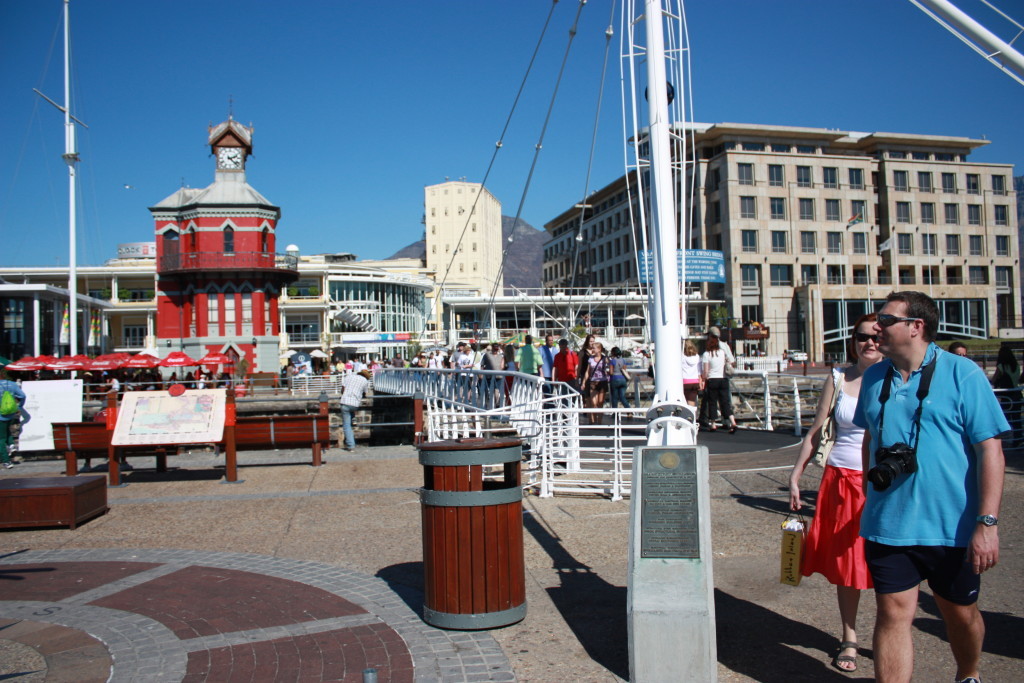
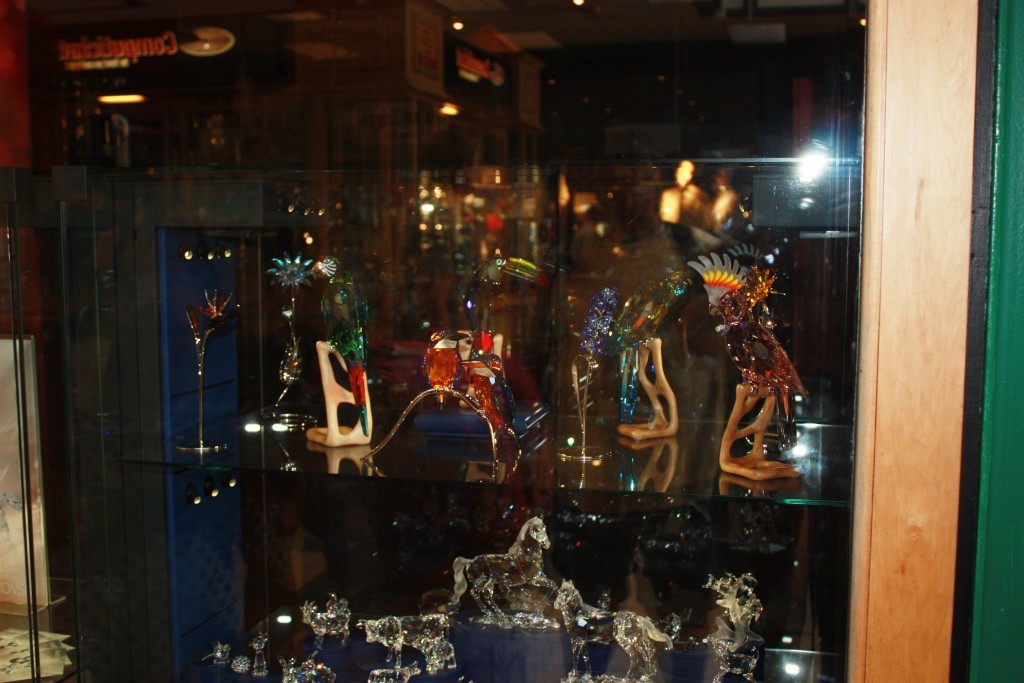
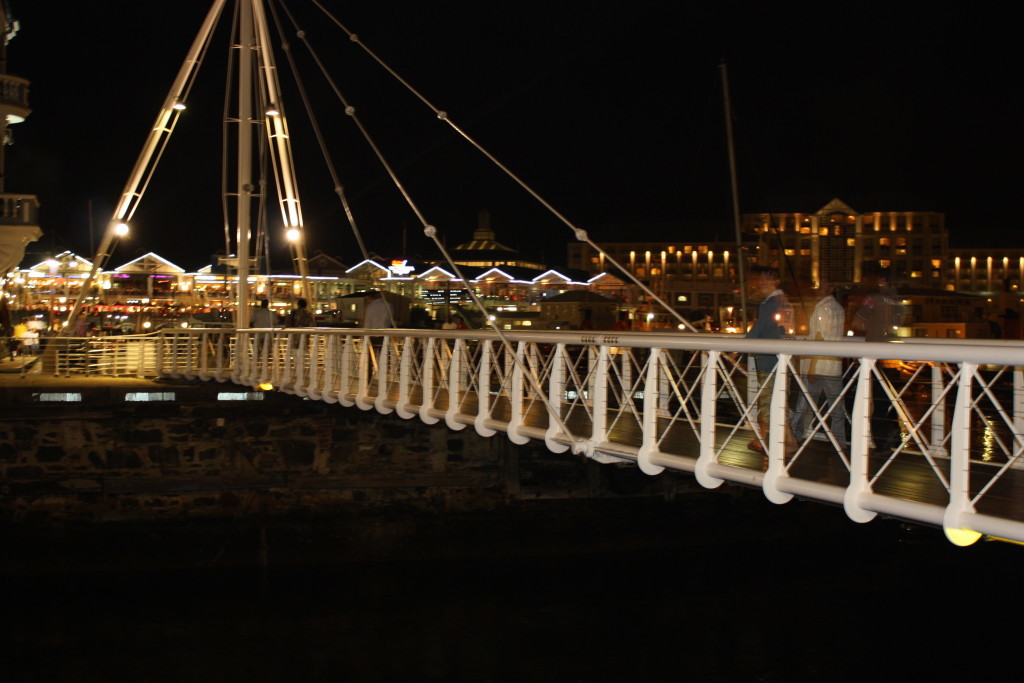
TABLE MOUNTAIN
Ride the cable car up and enjoy the view!
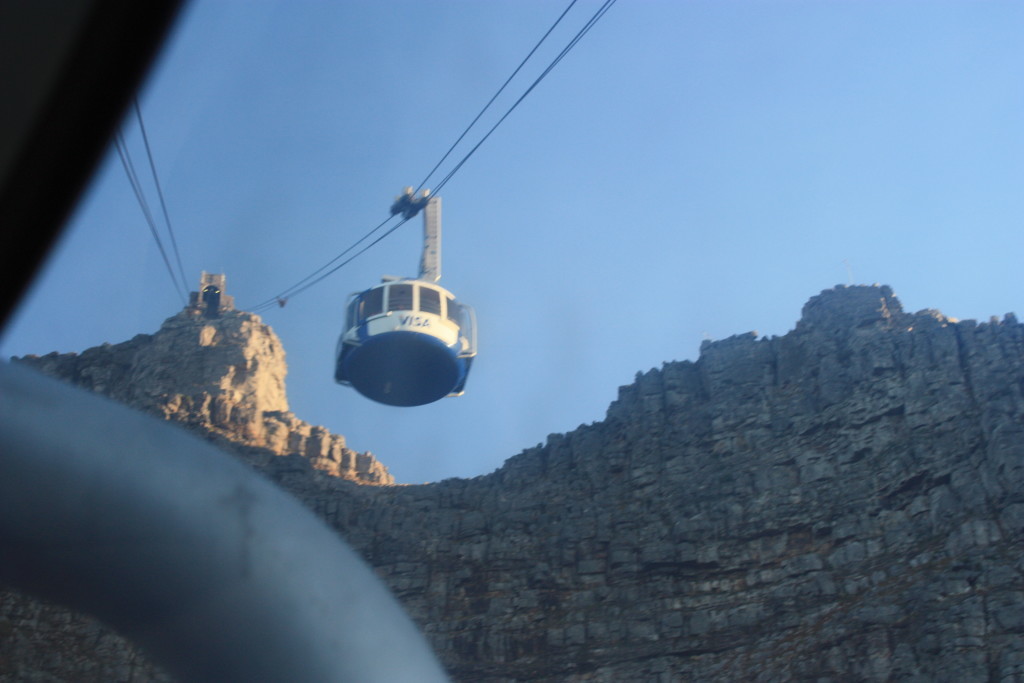
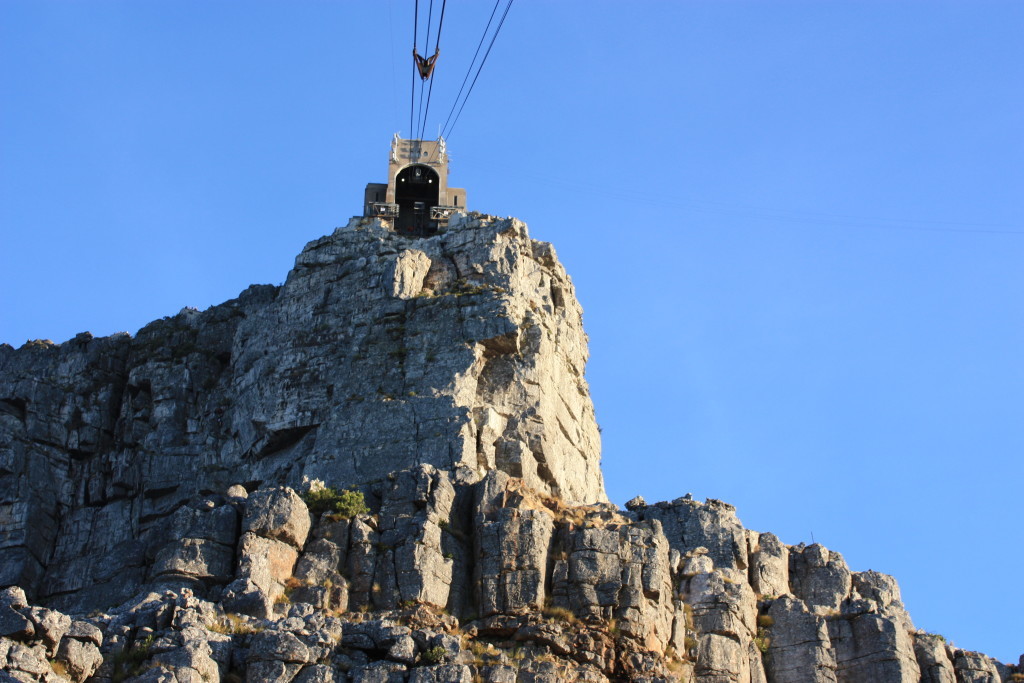
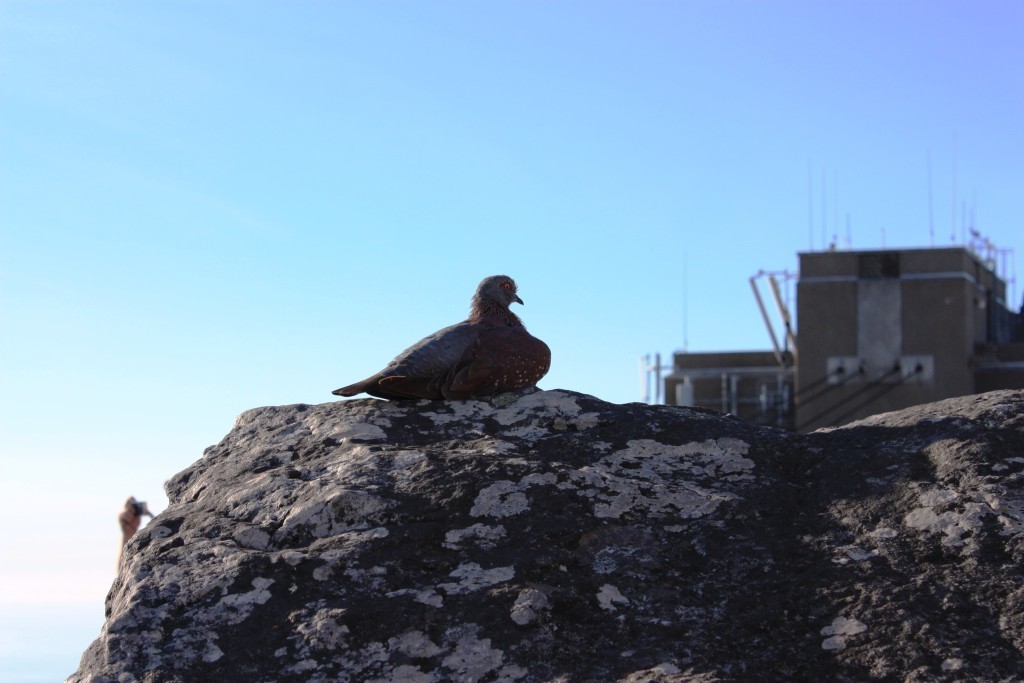
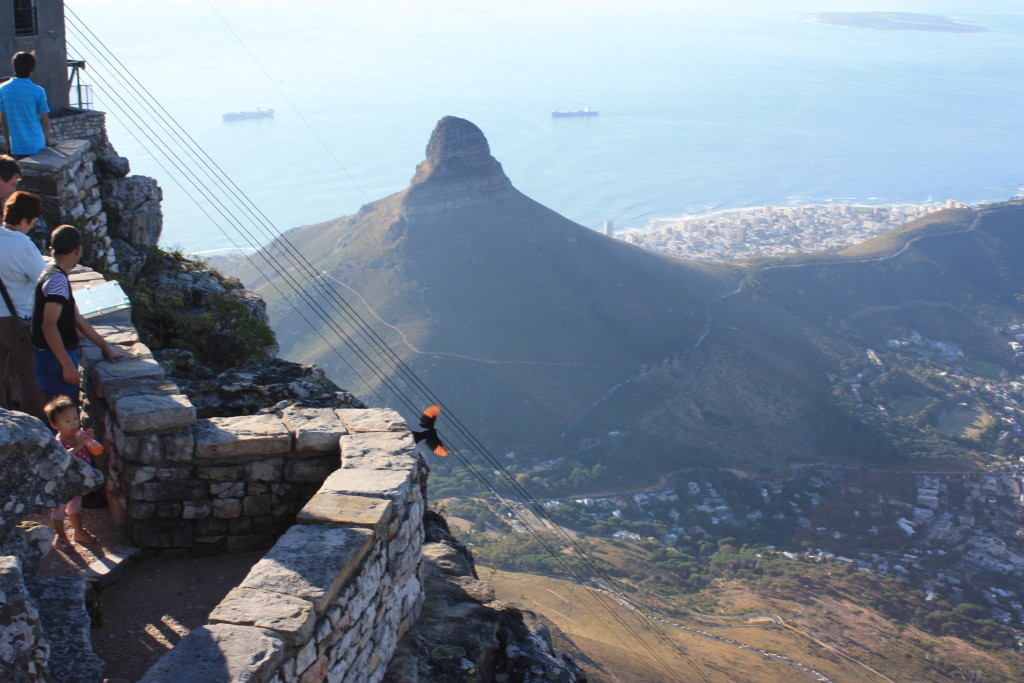
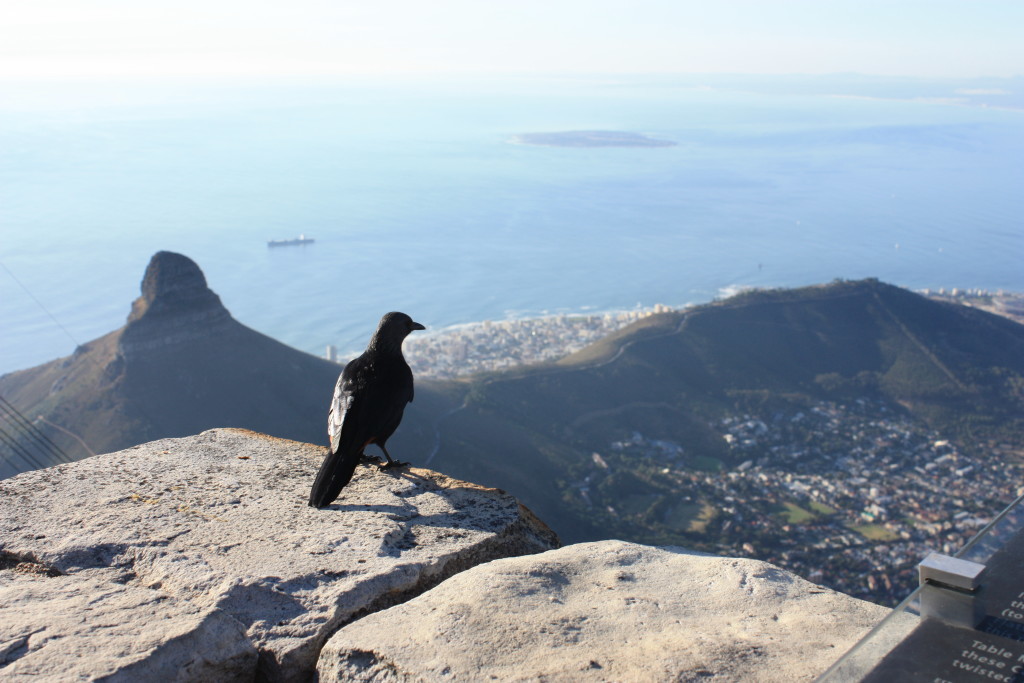
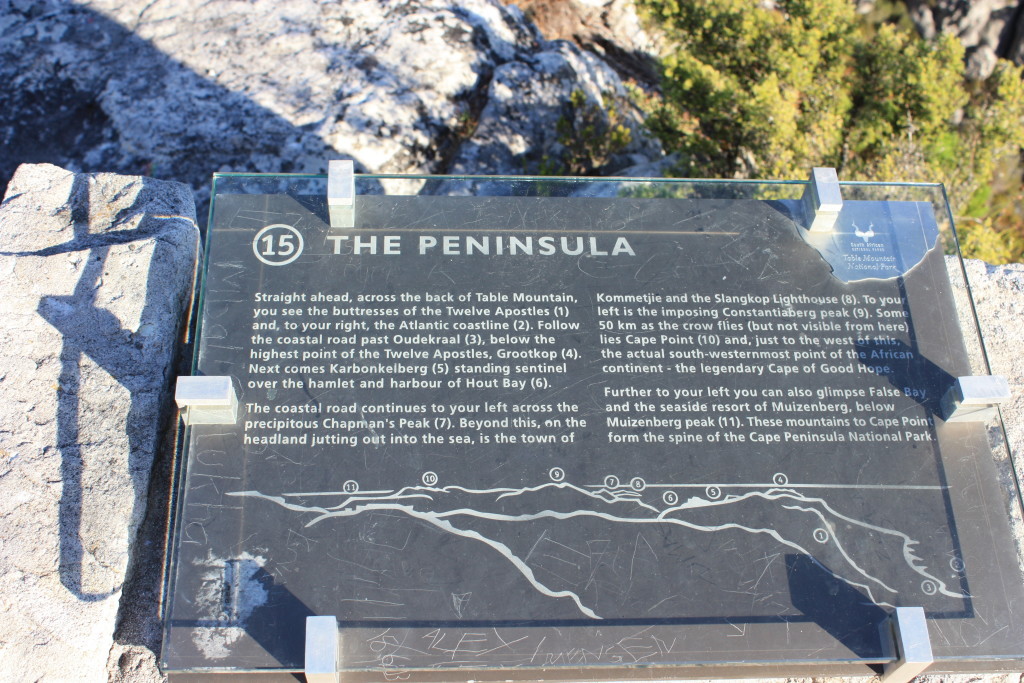
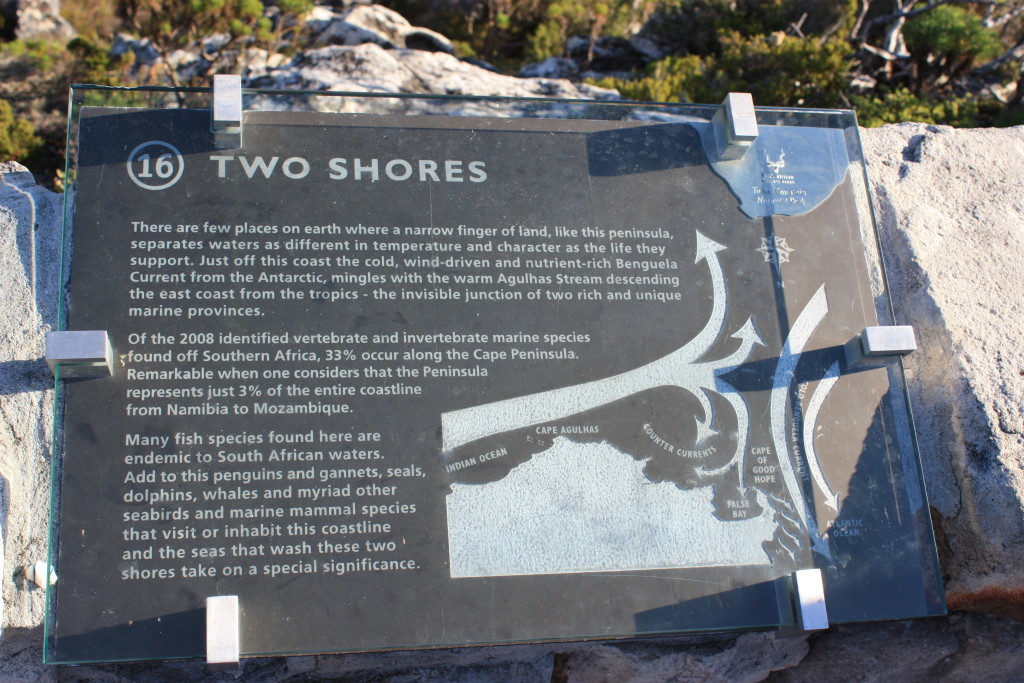
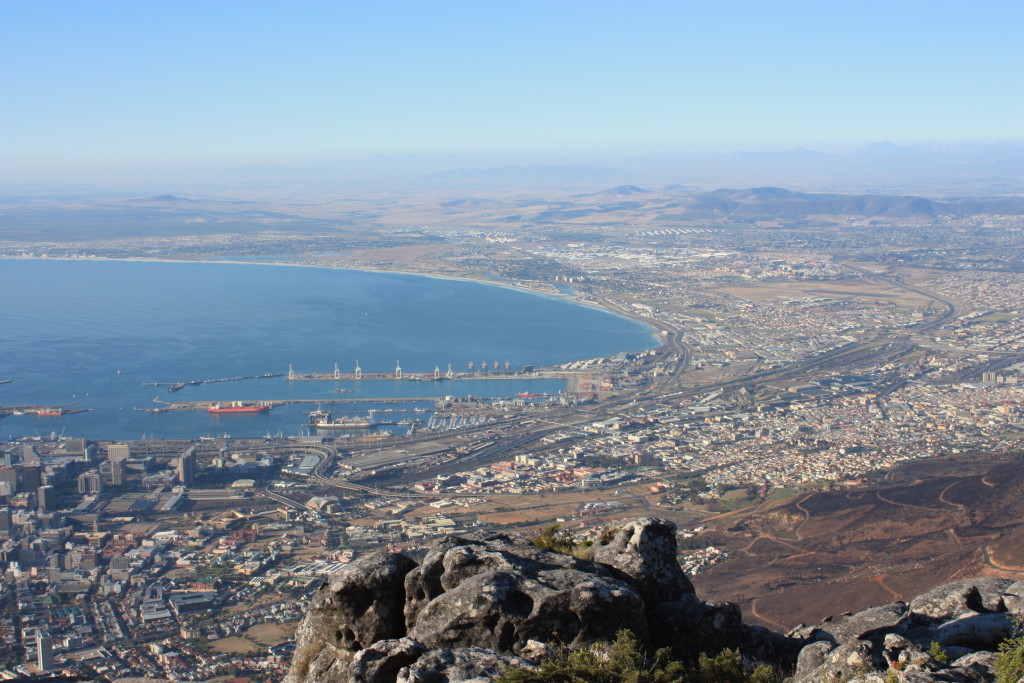
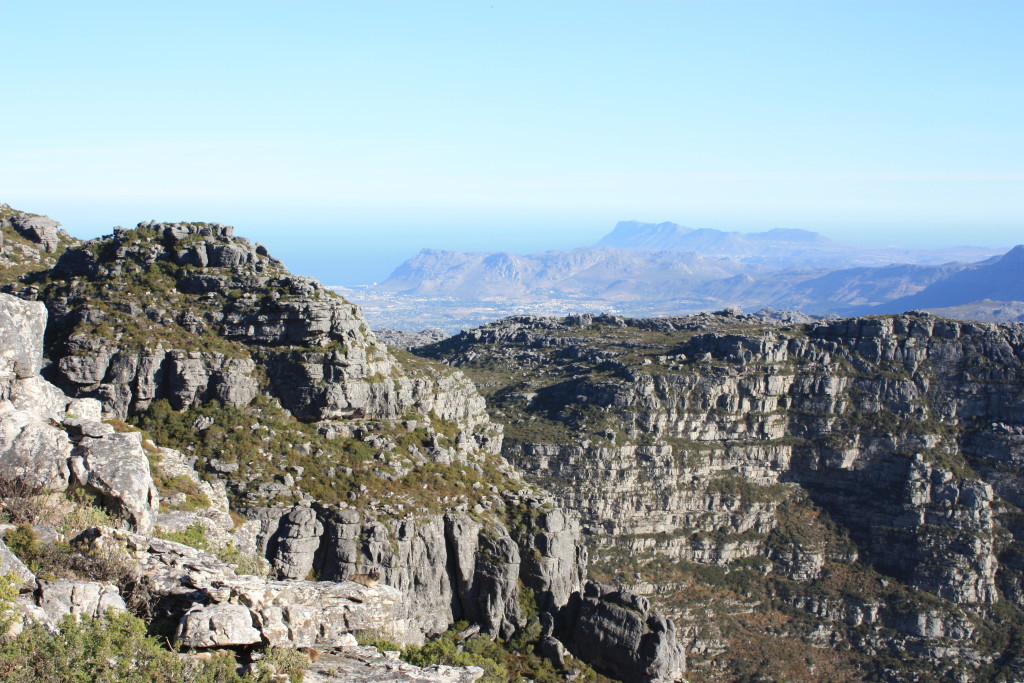
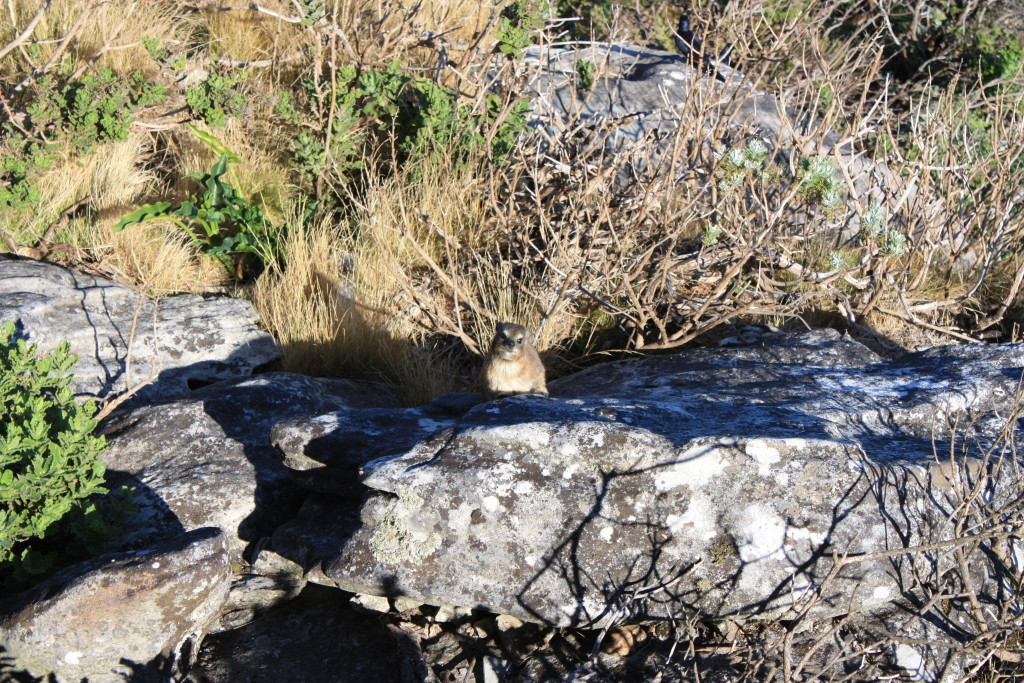
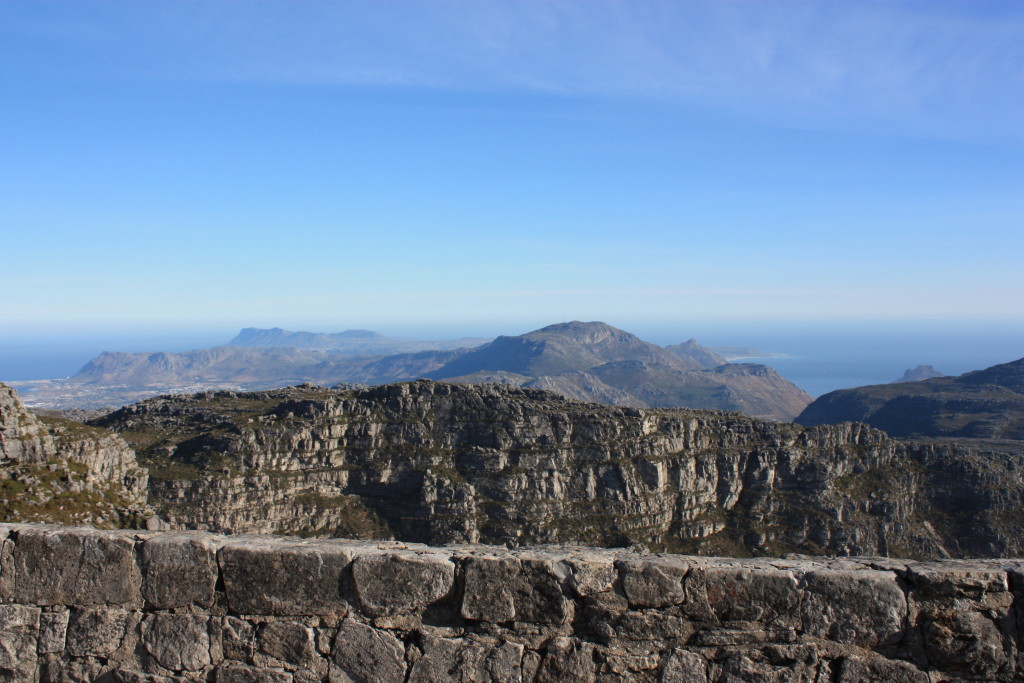
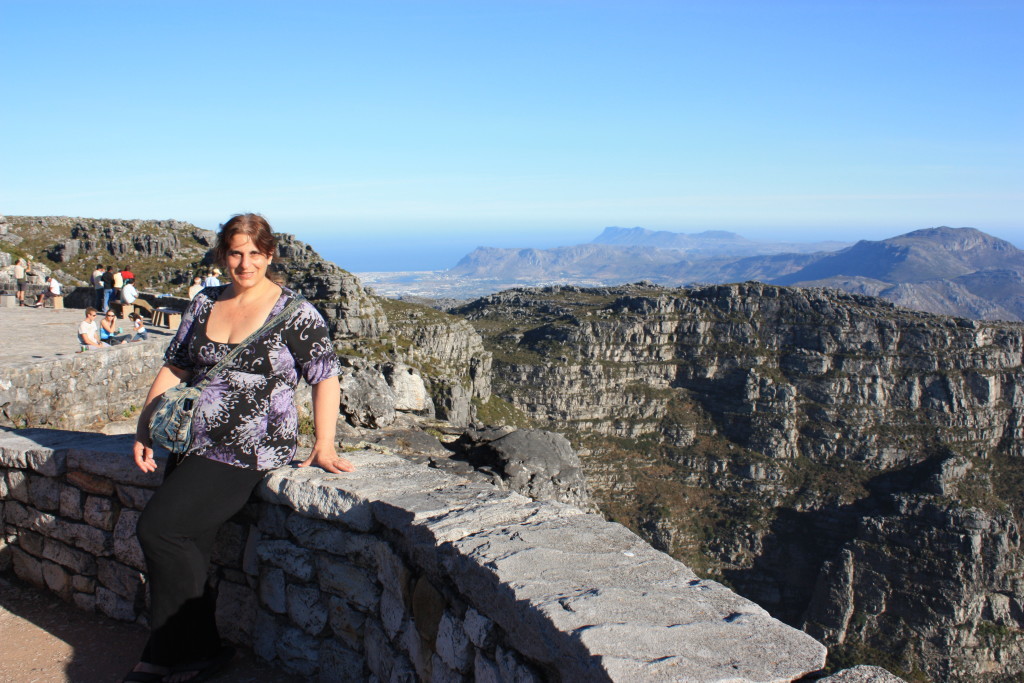
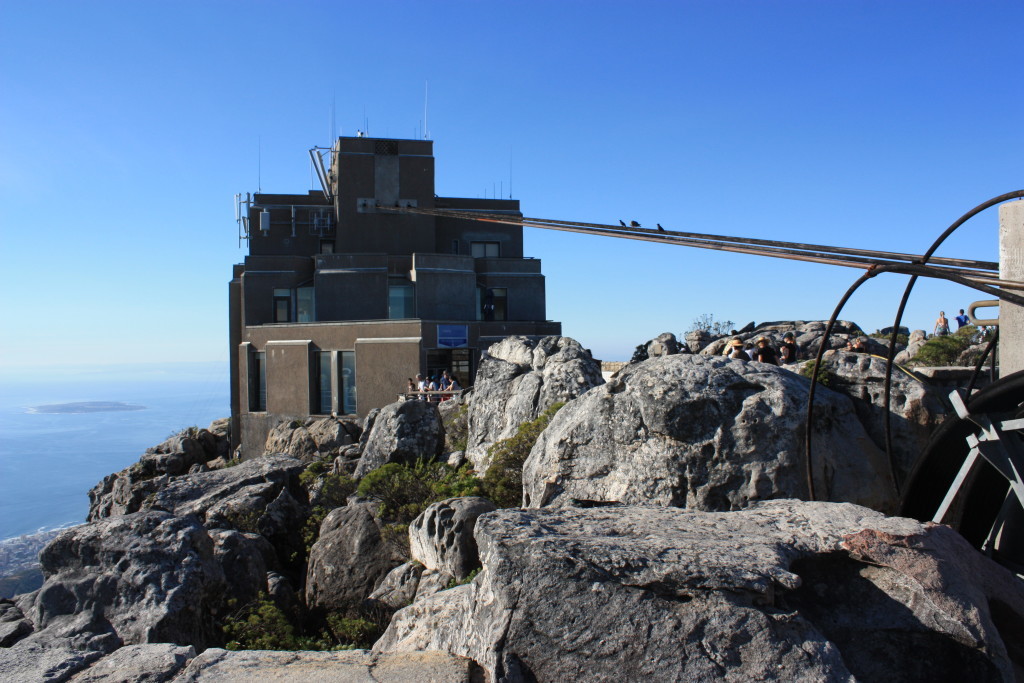
BOTANICAL GARDENS
Nice place for a stroll around to enjoy the flowers. We didn’t have time on this trip unfortunately but you might!
ROBBEN ISLAND DAY TRIP
The notorious prison island where Nelson Mandela was held prisoner for 18 years. Book tickets online to save time and money.
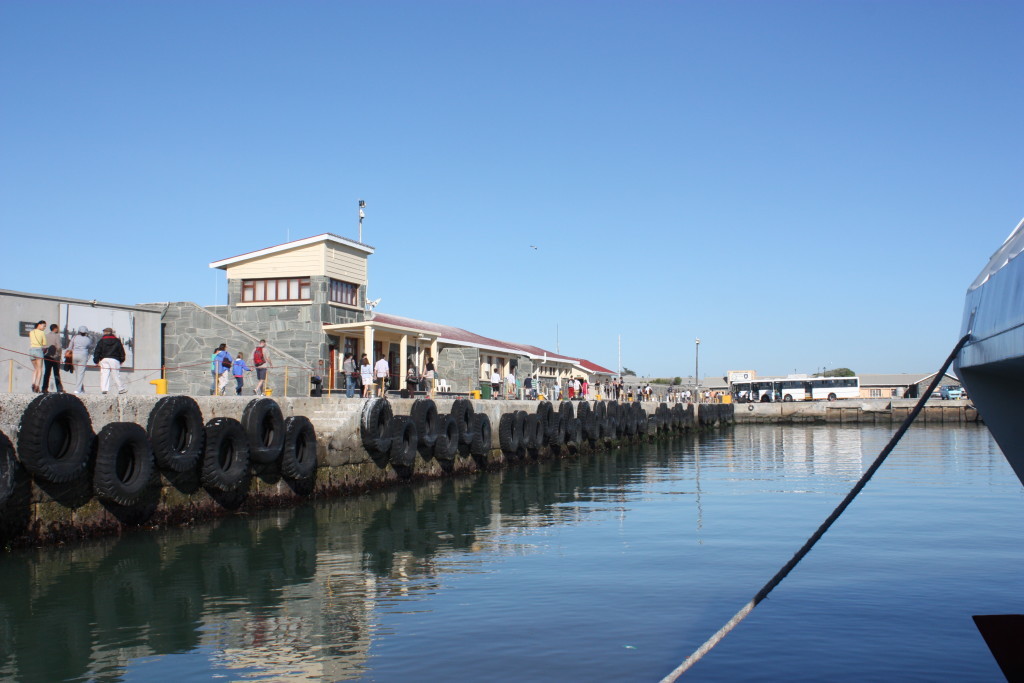
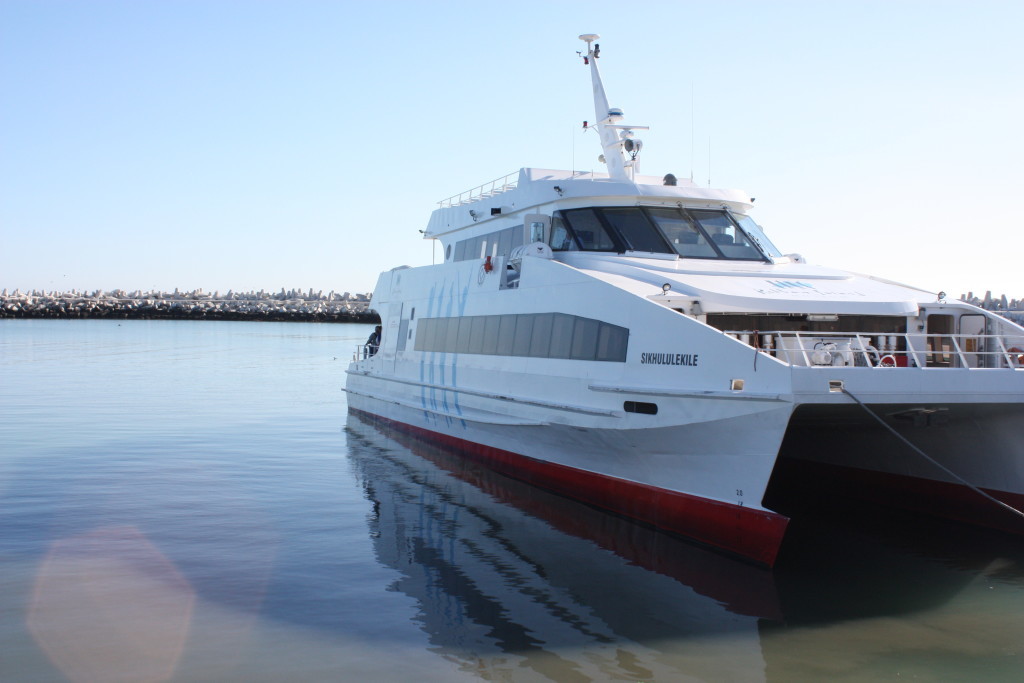
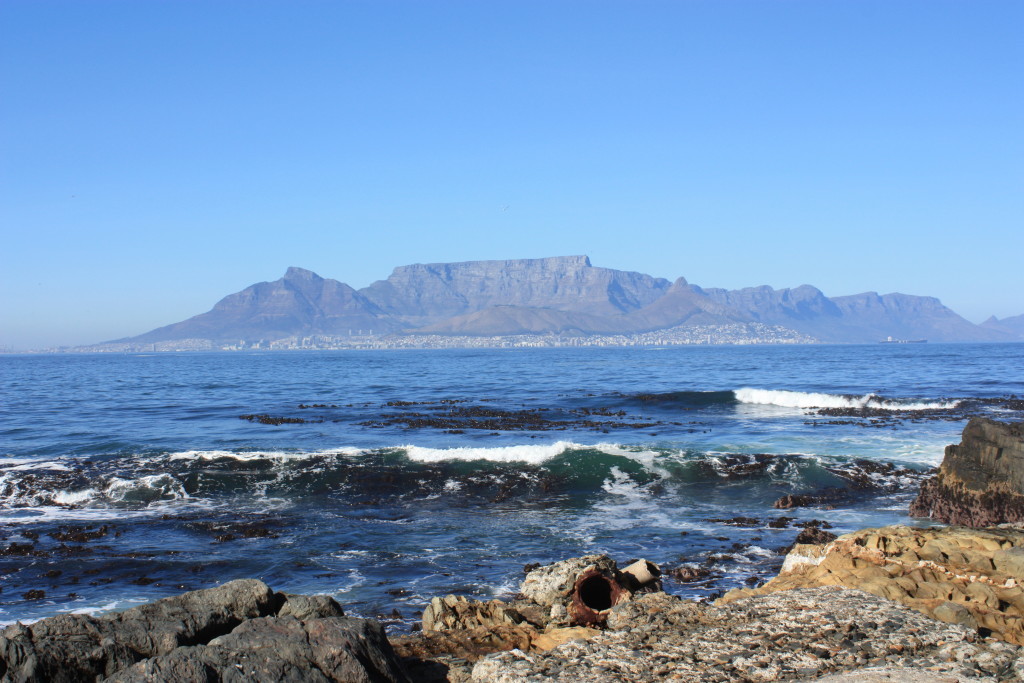
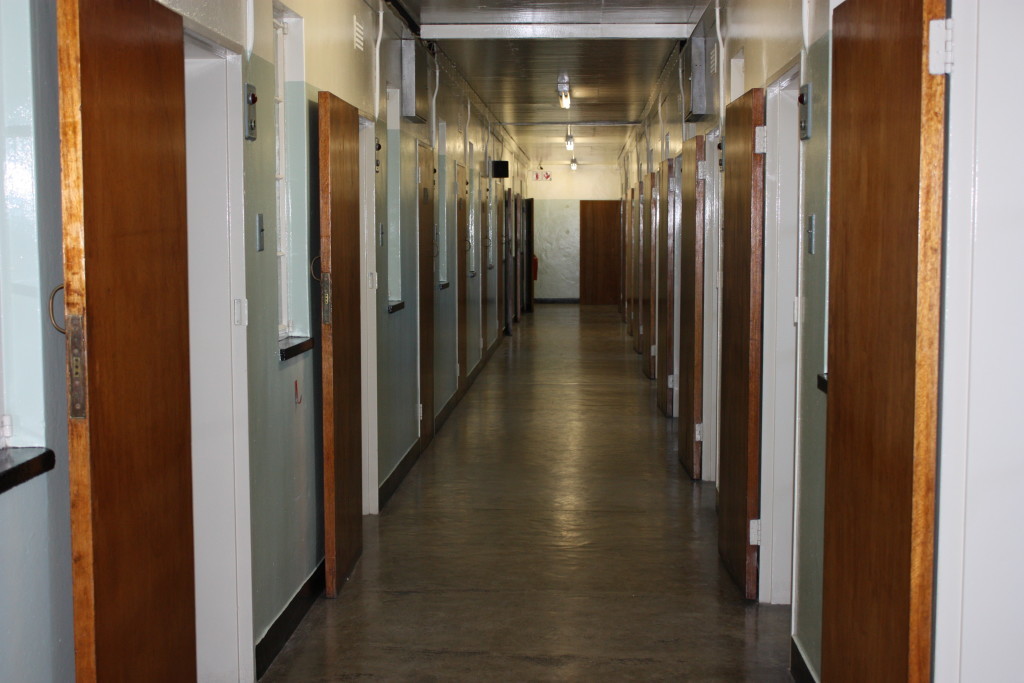
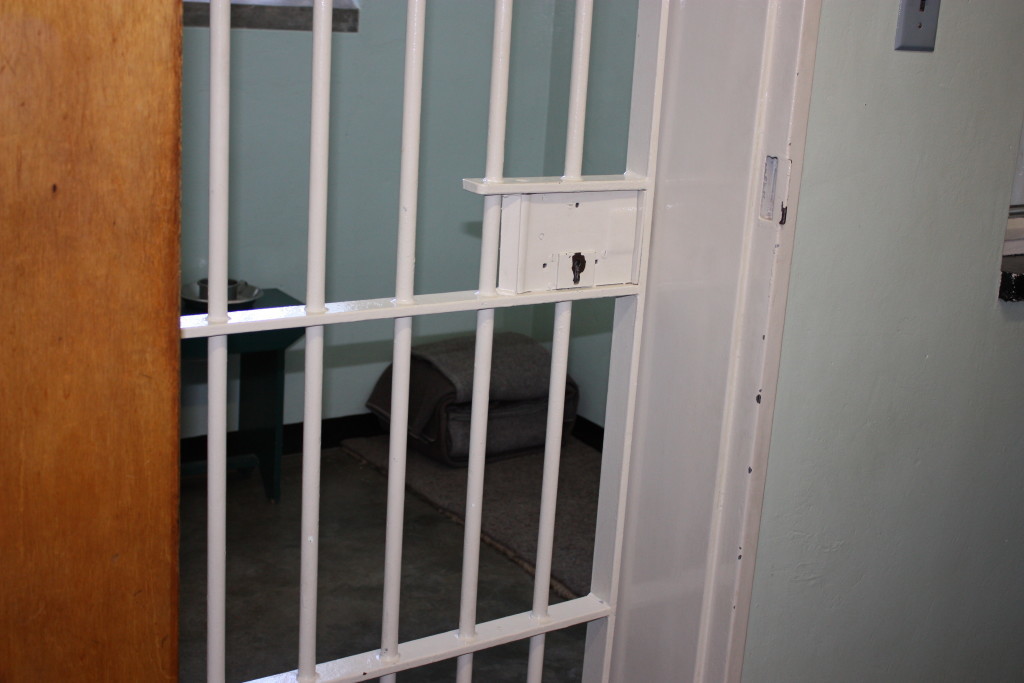
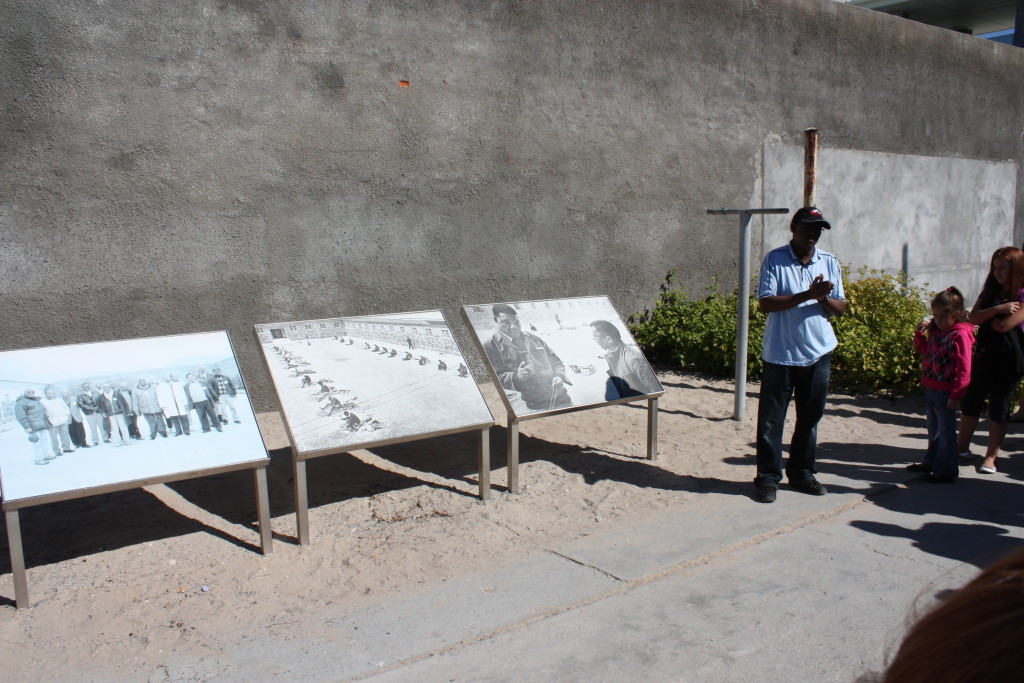
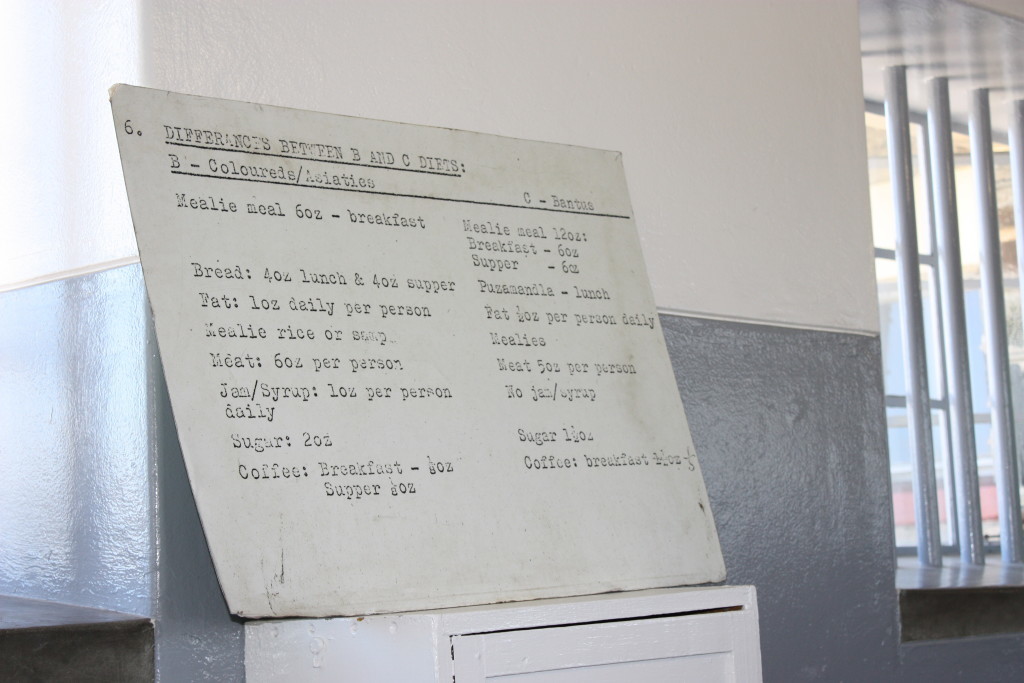

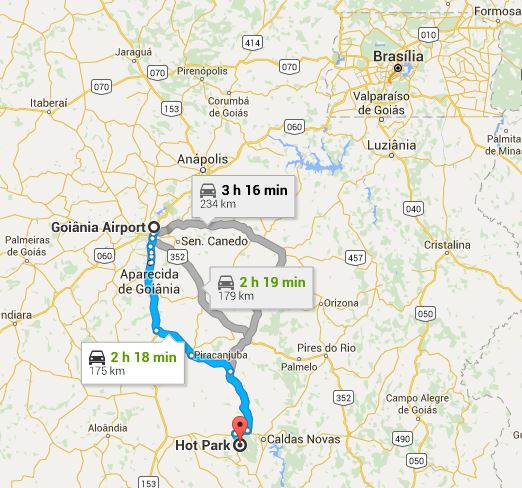
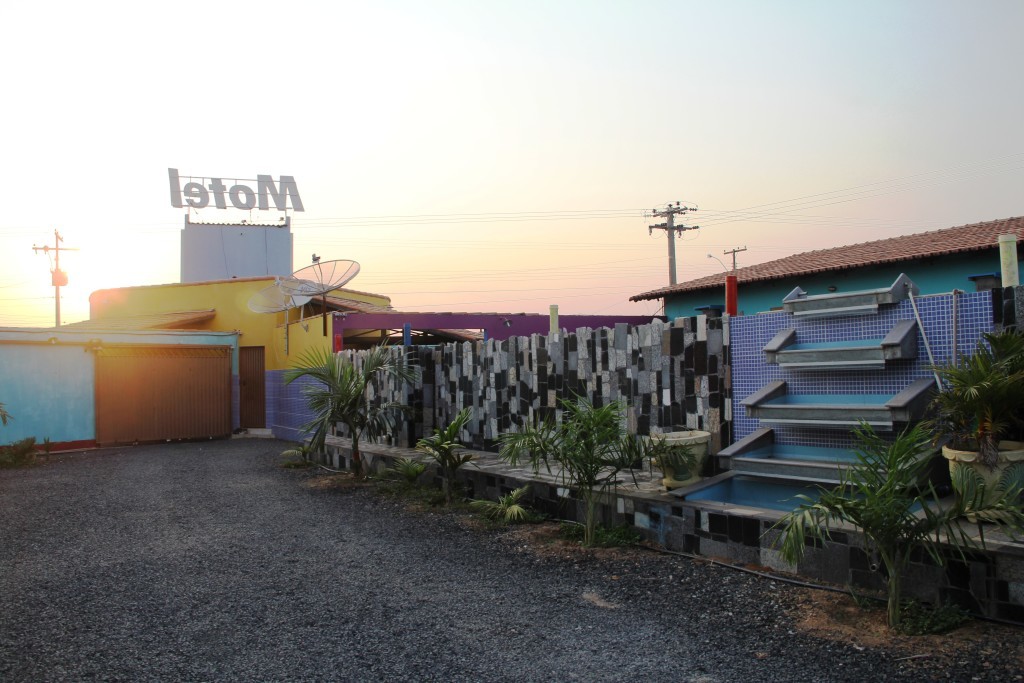
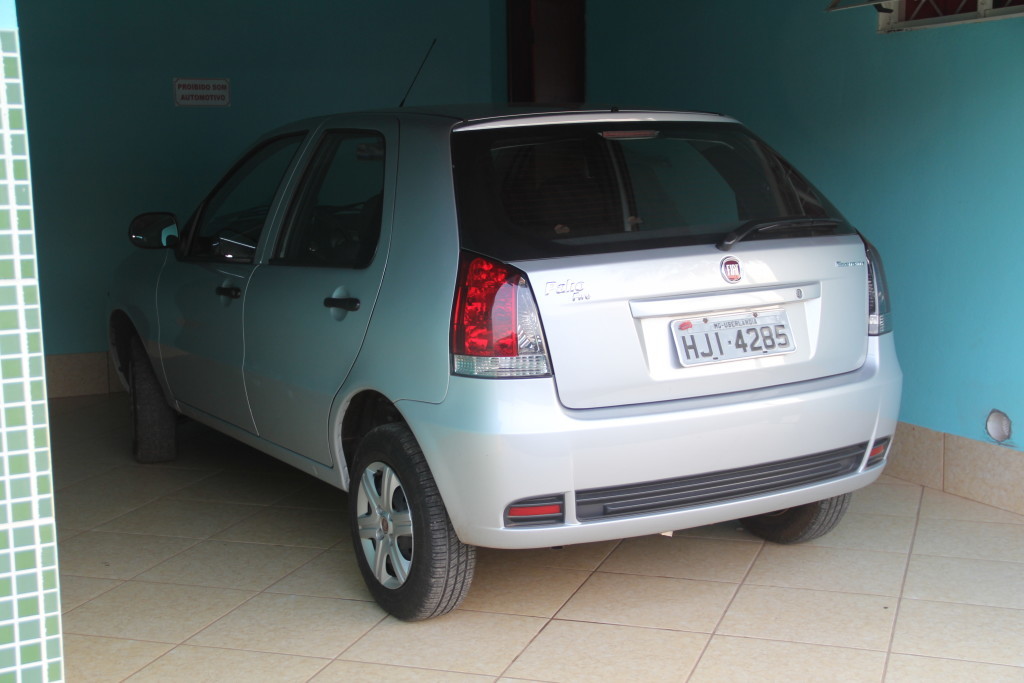
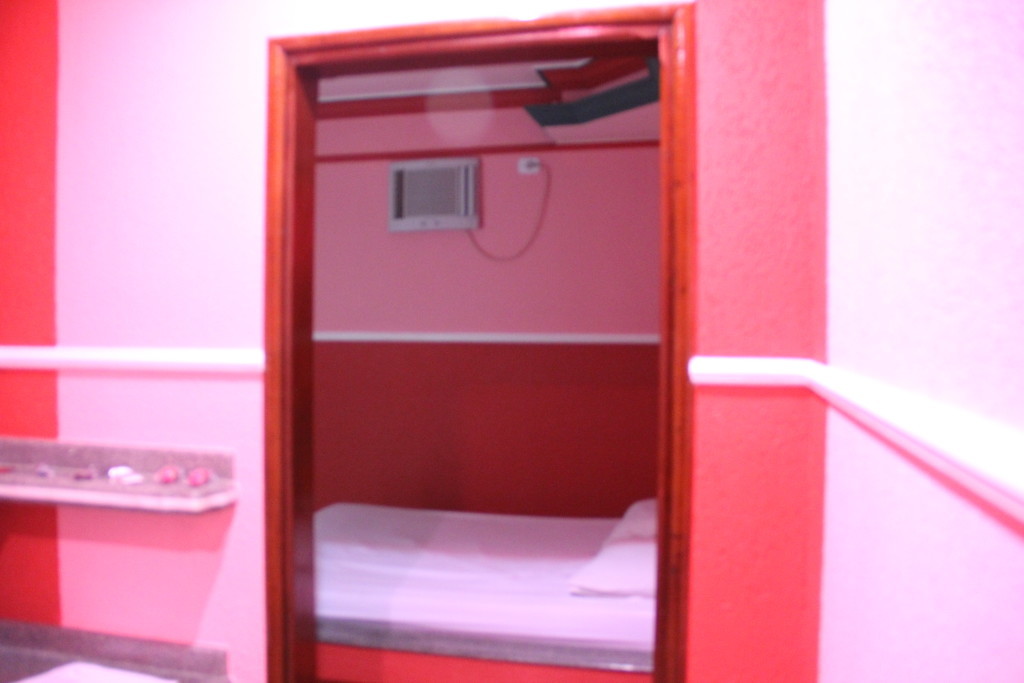
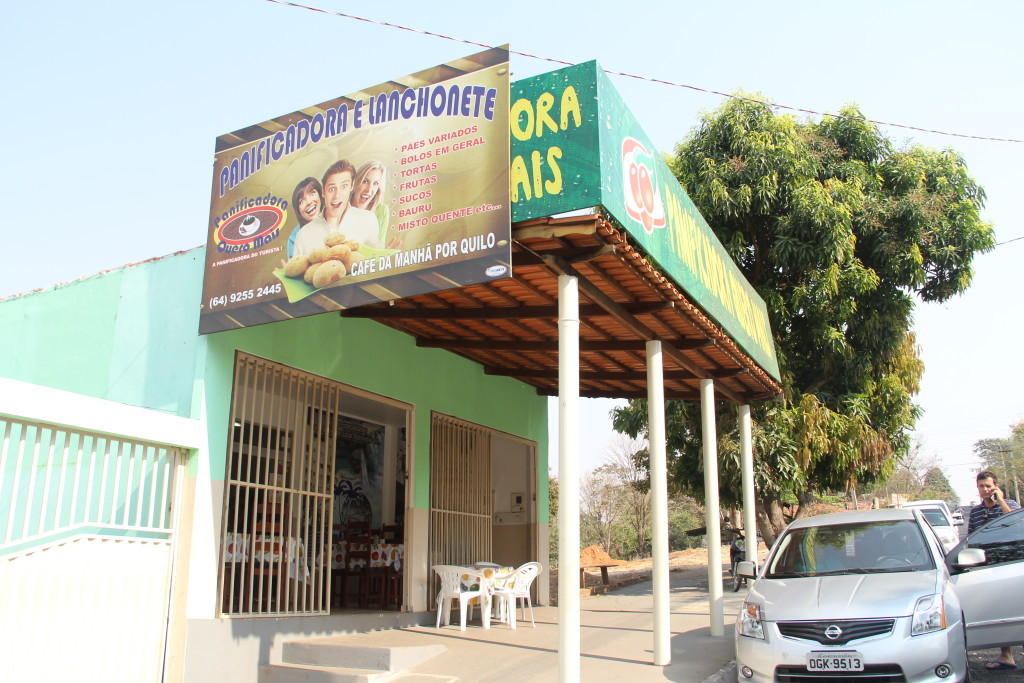
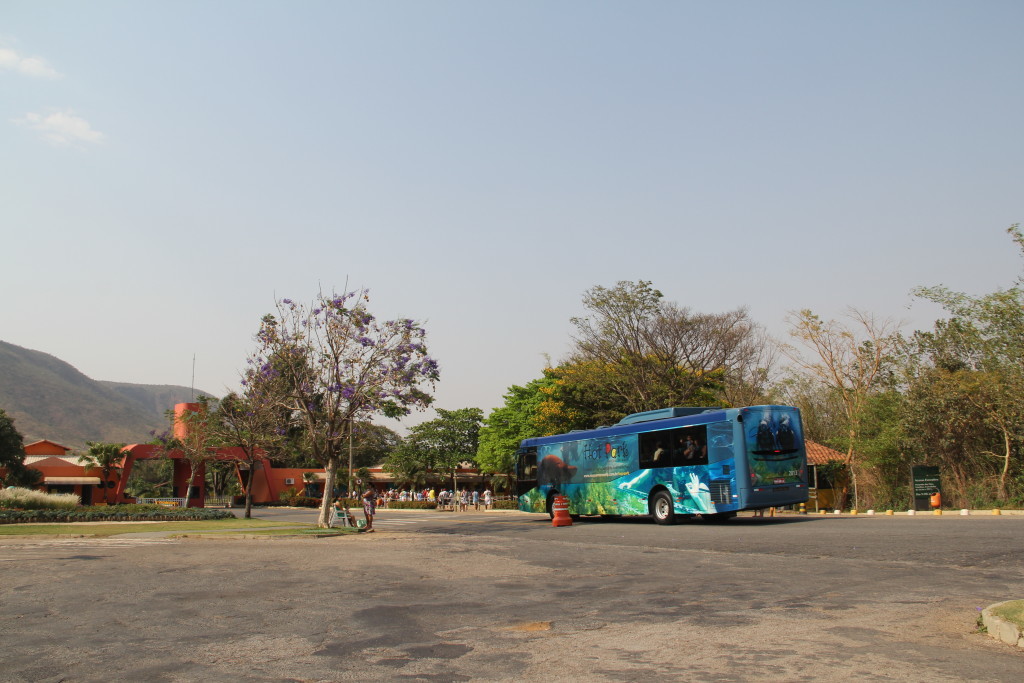
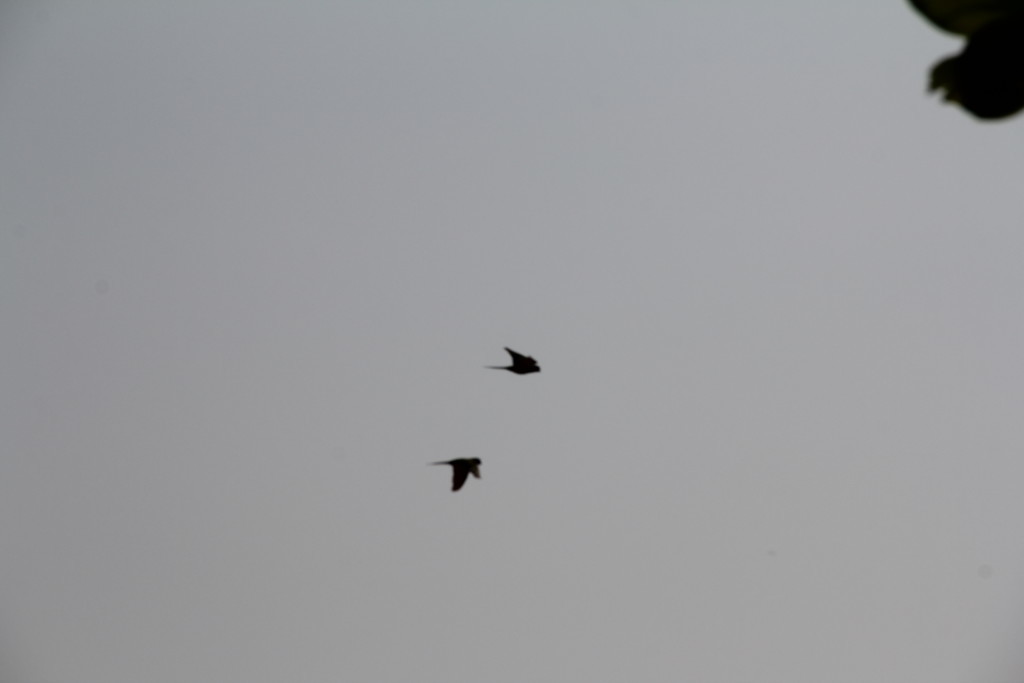
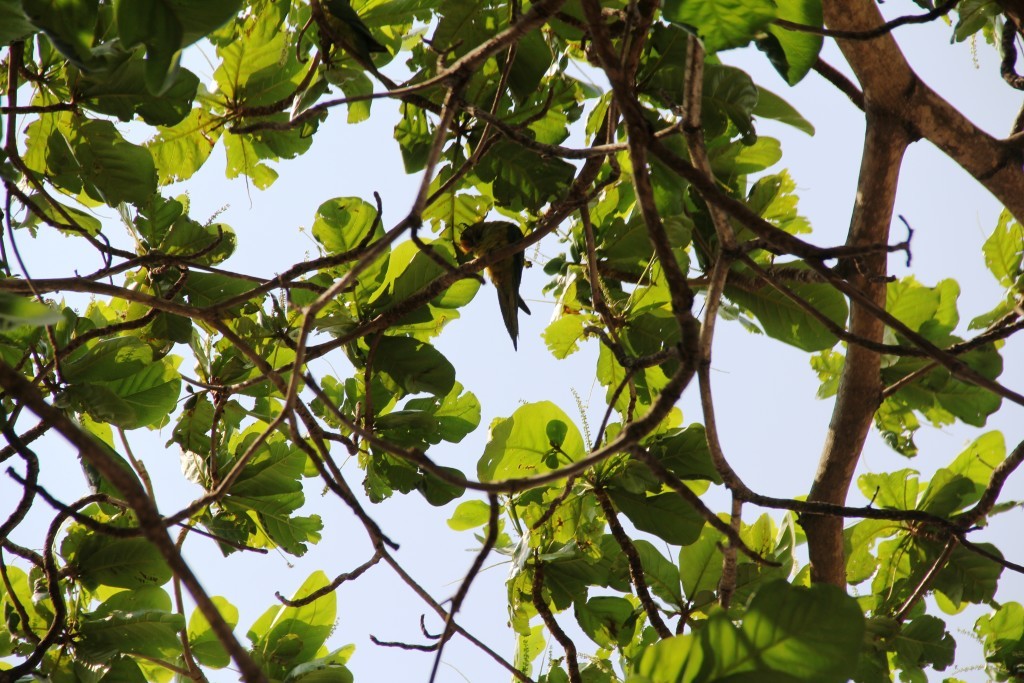
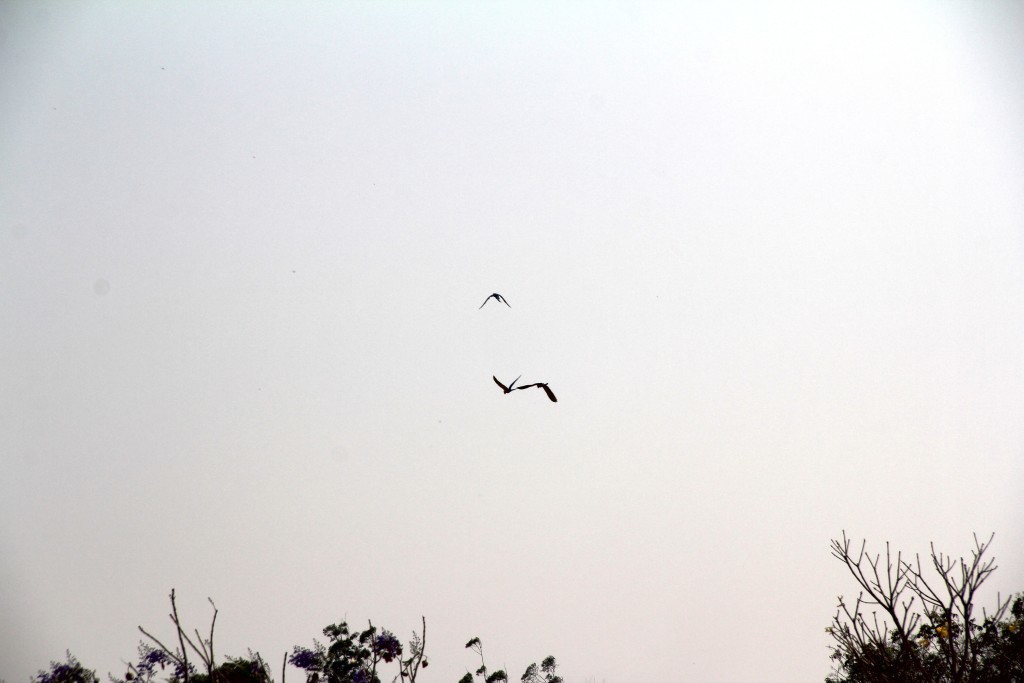
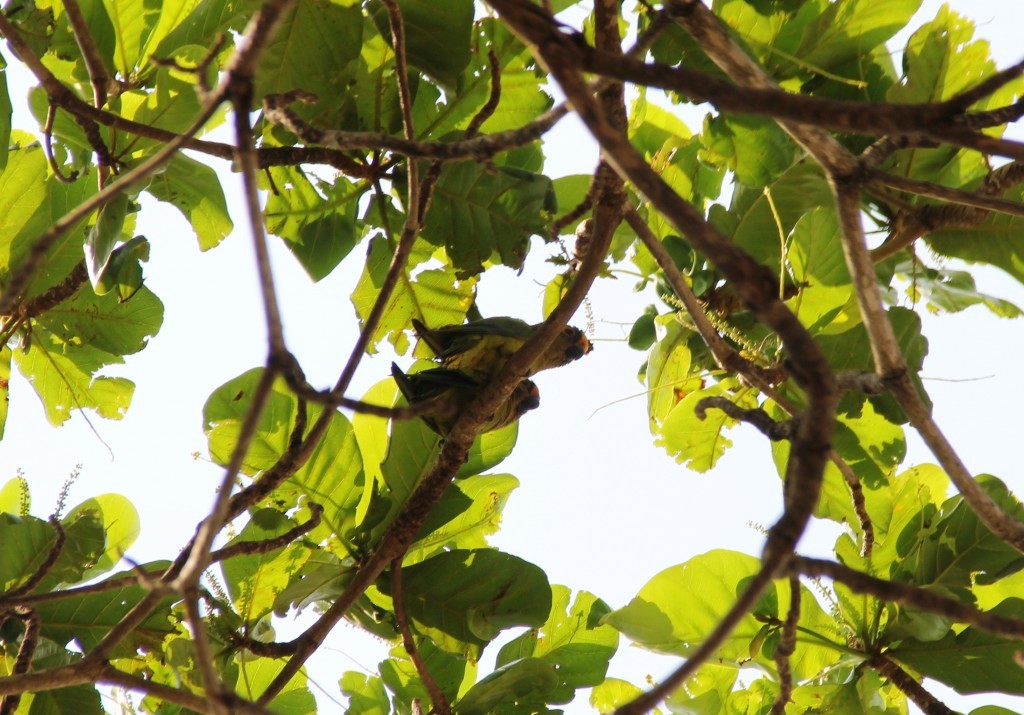
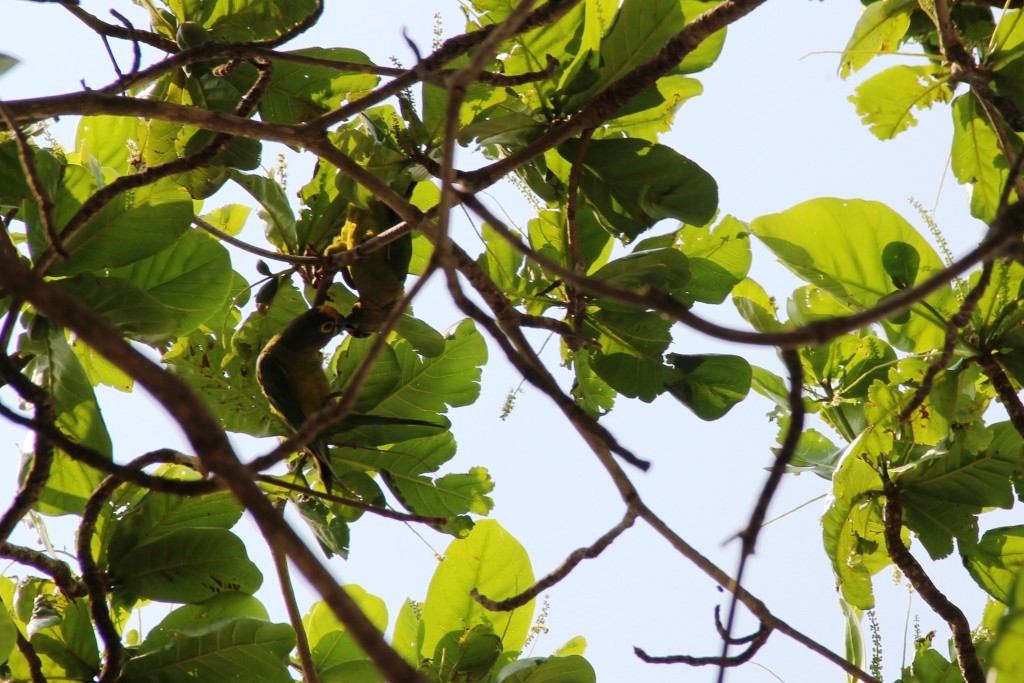
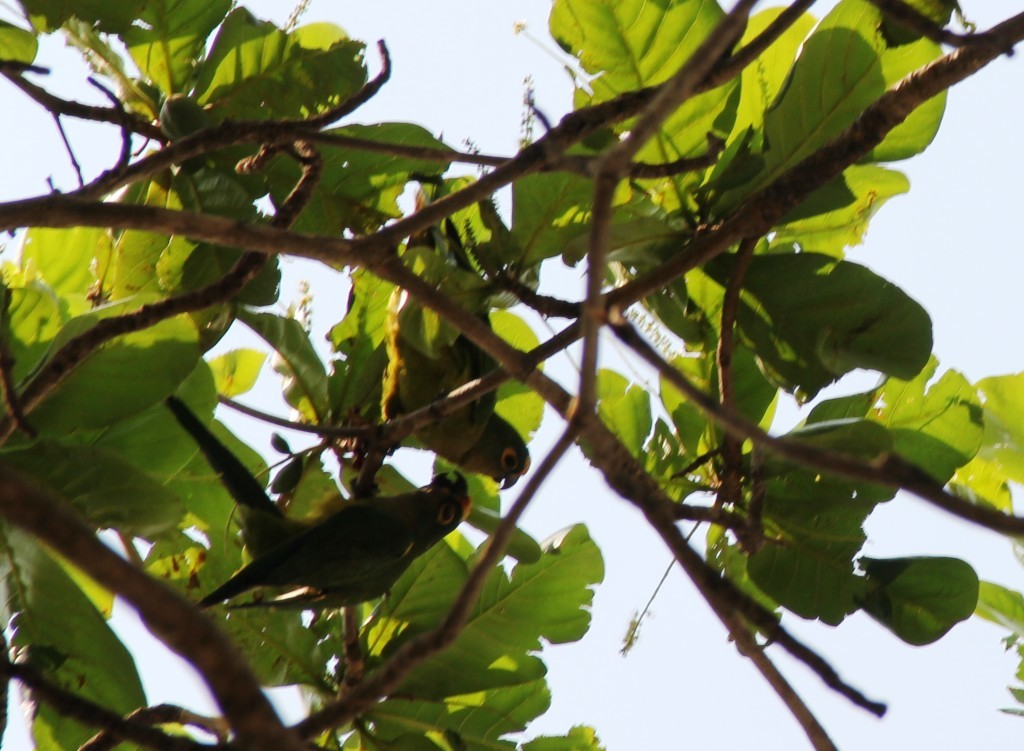
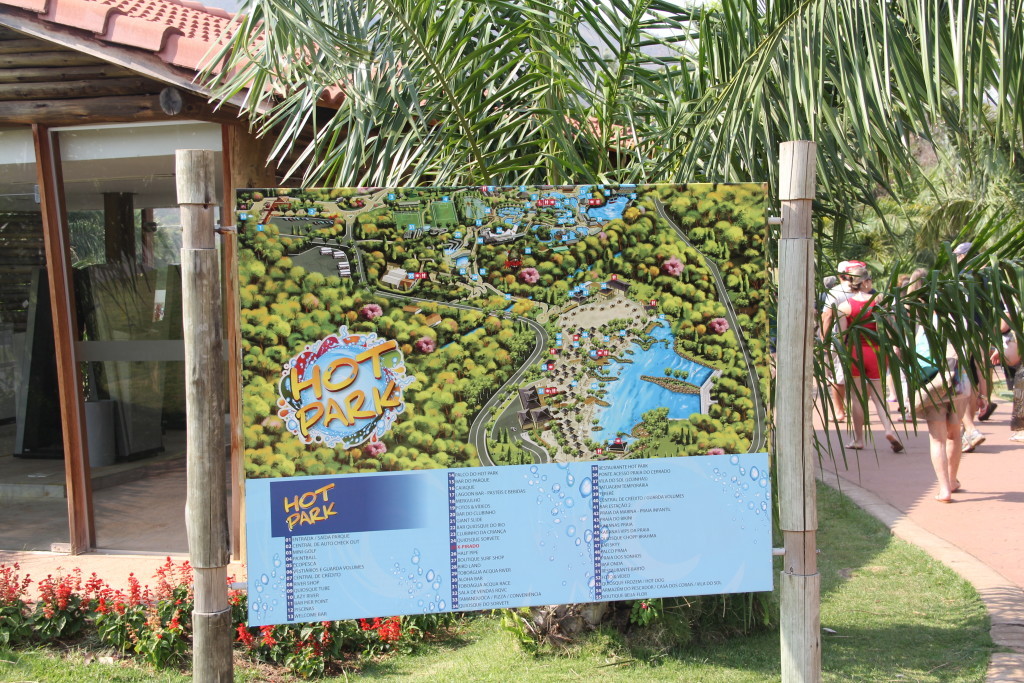
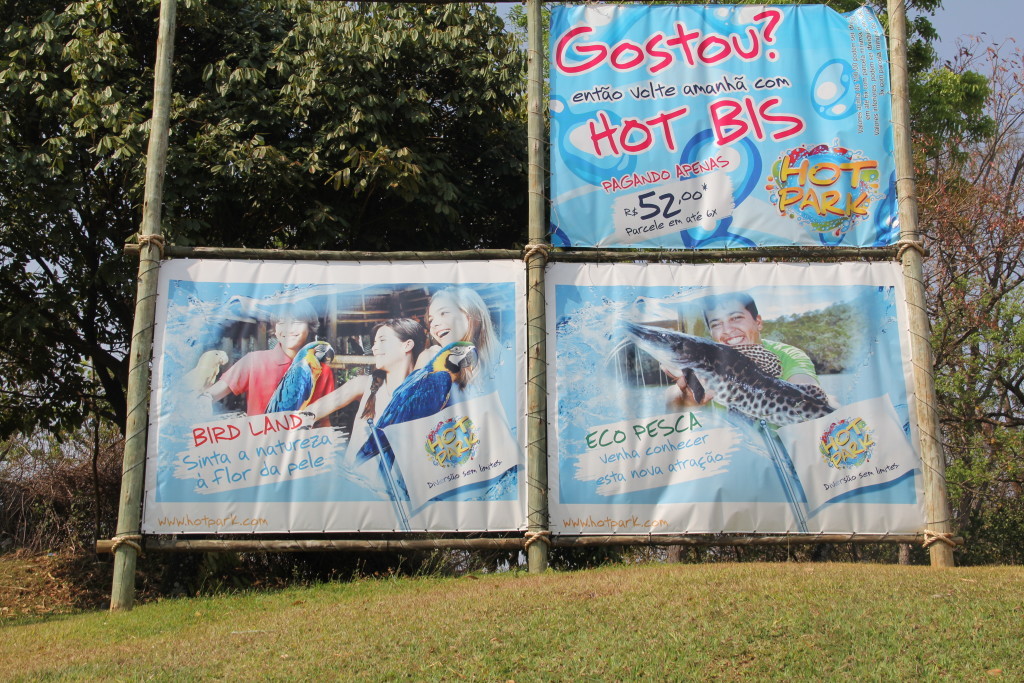
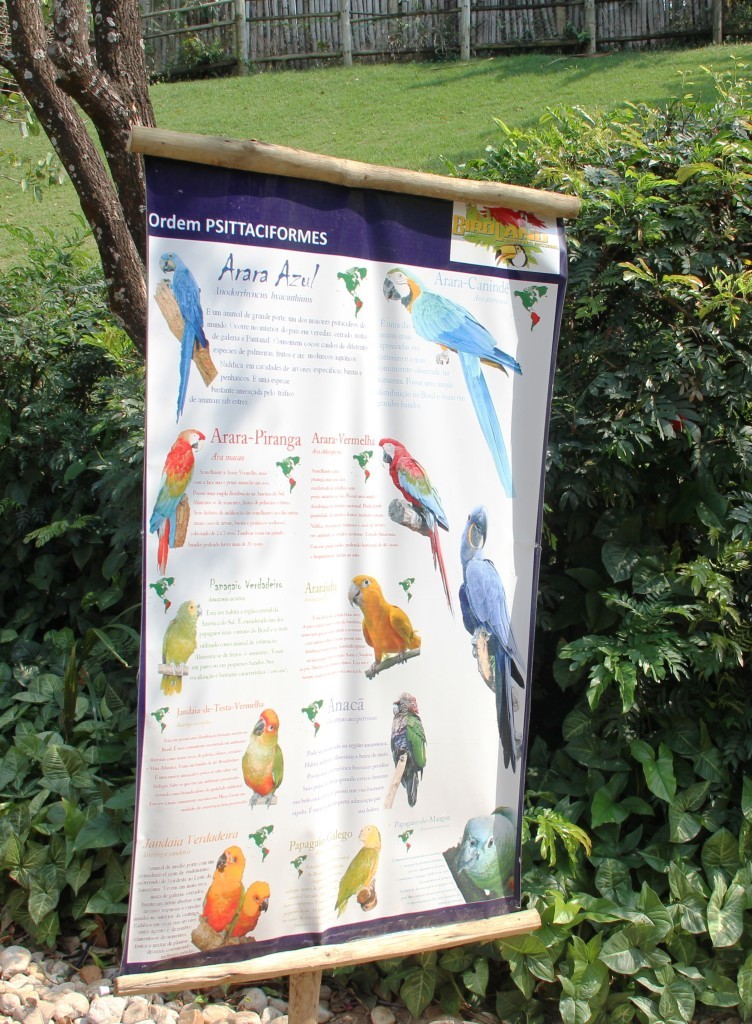
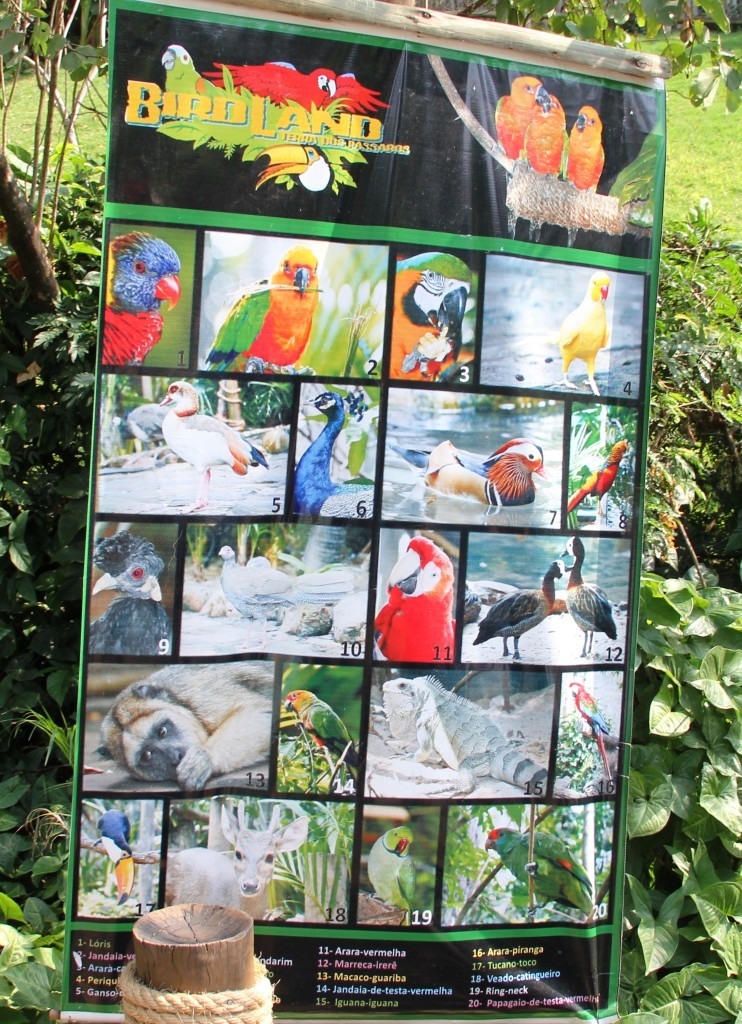
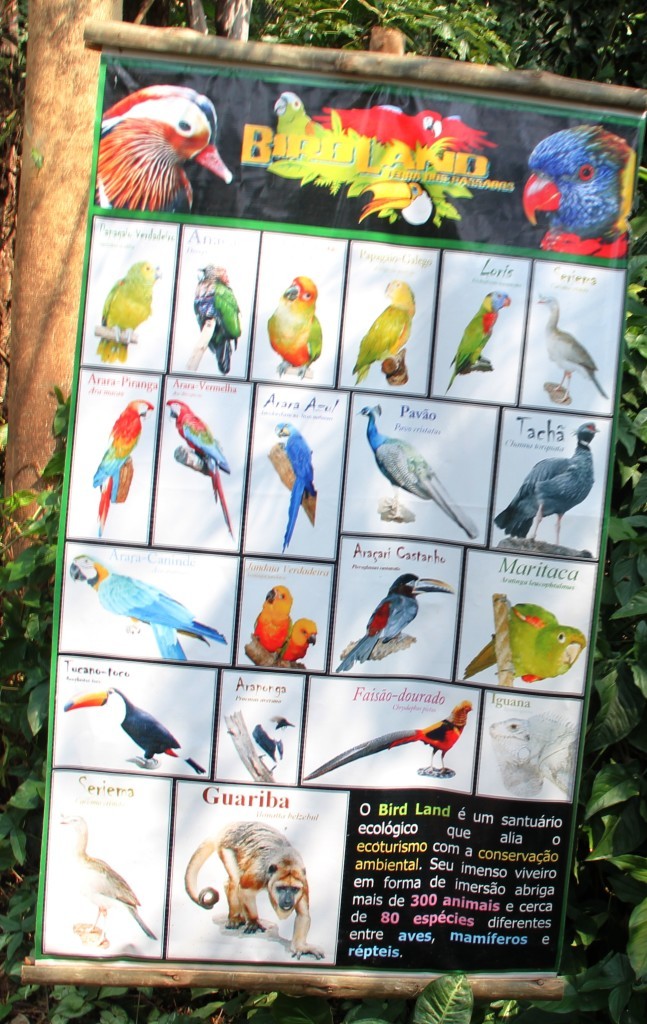
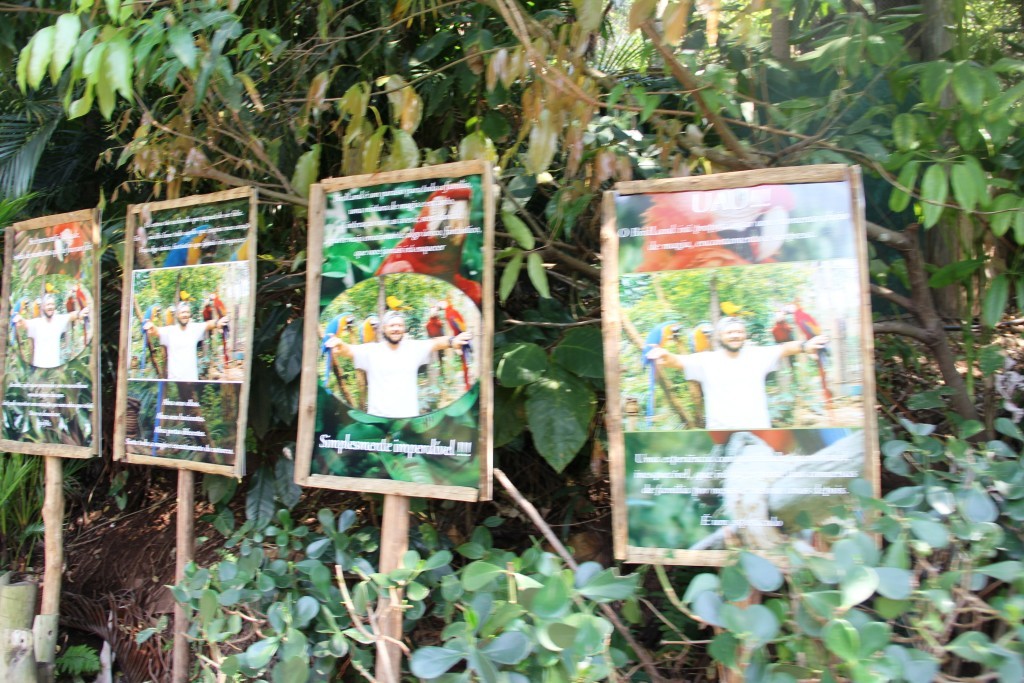
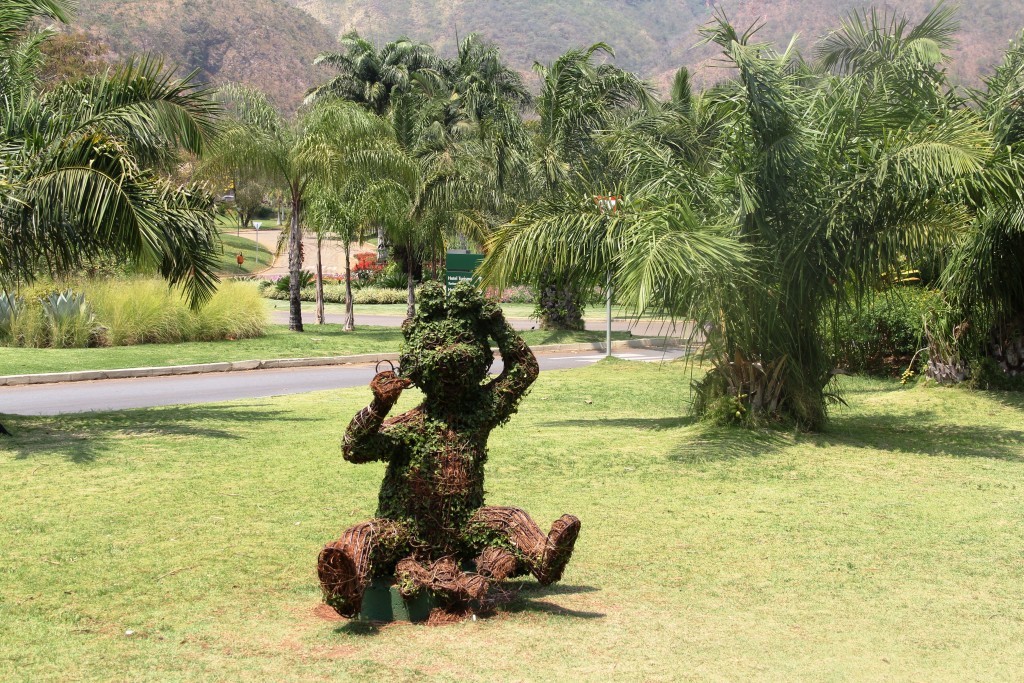
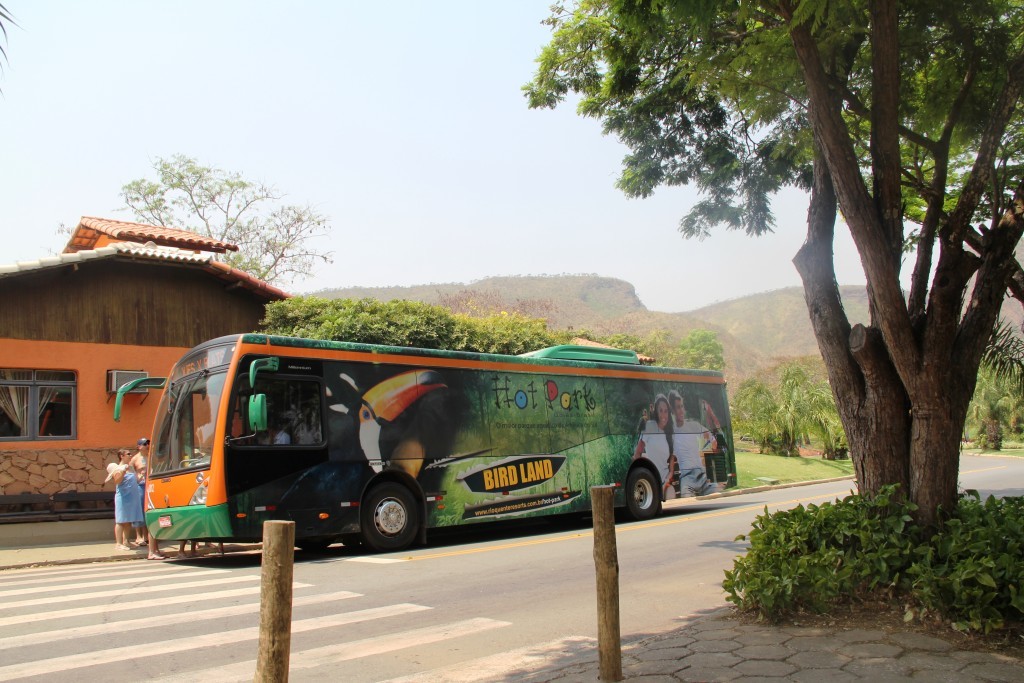
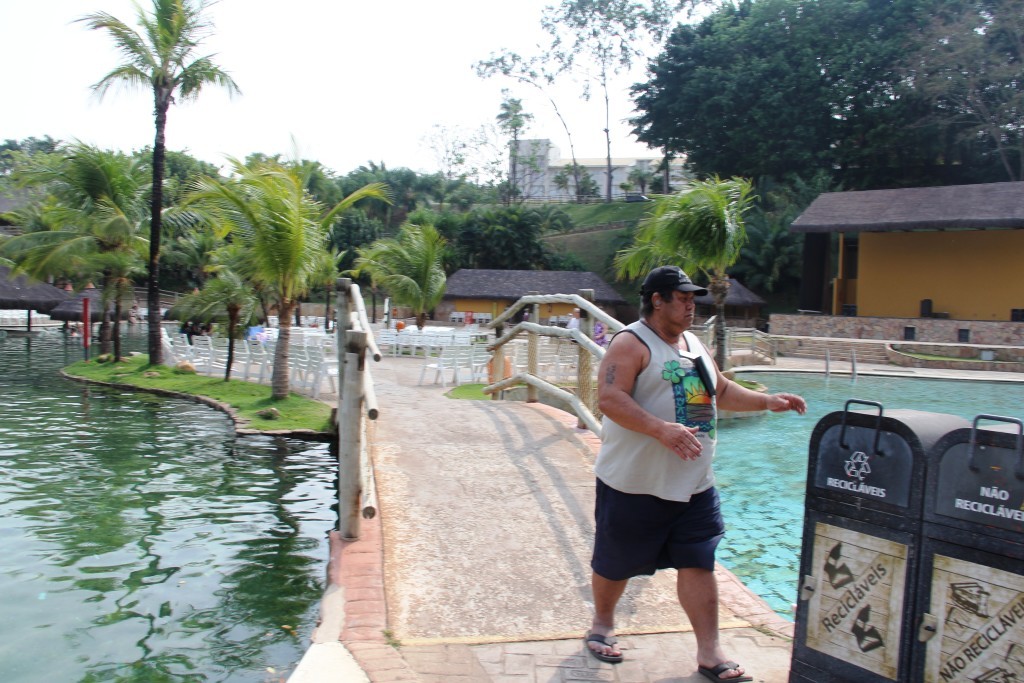
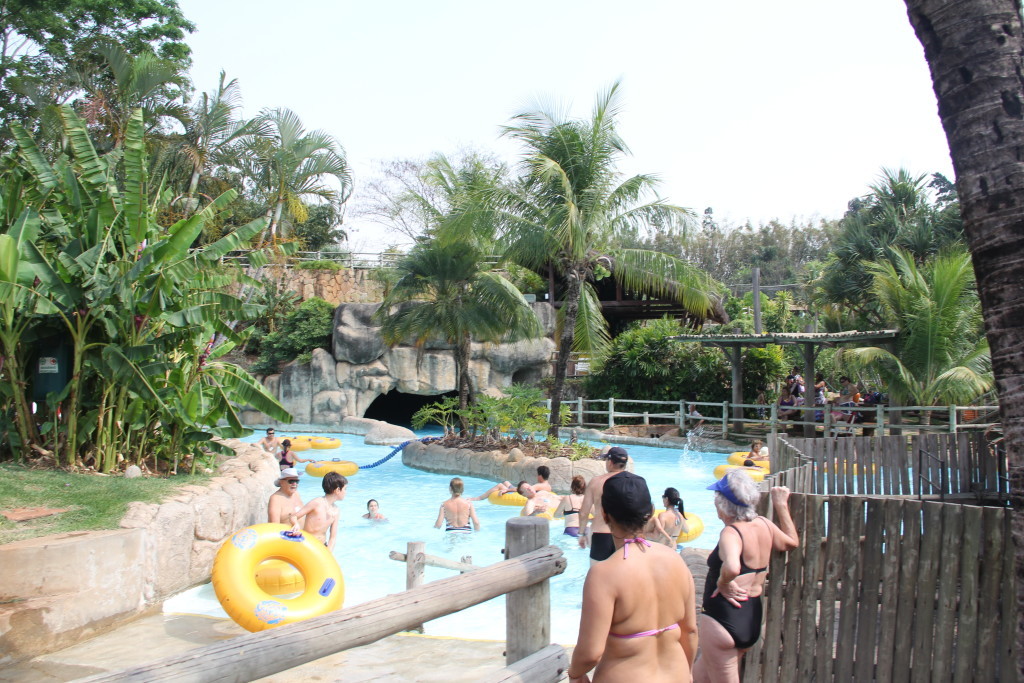
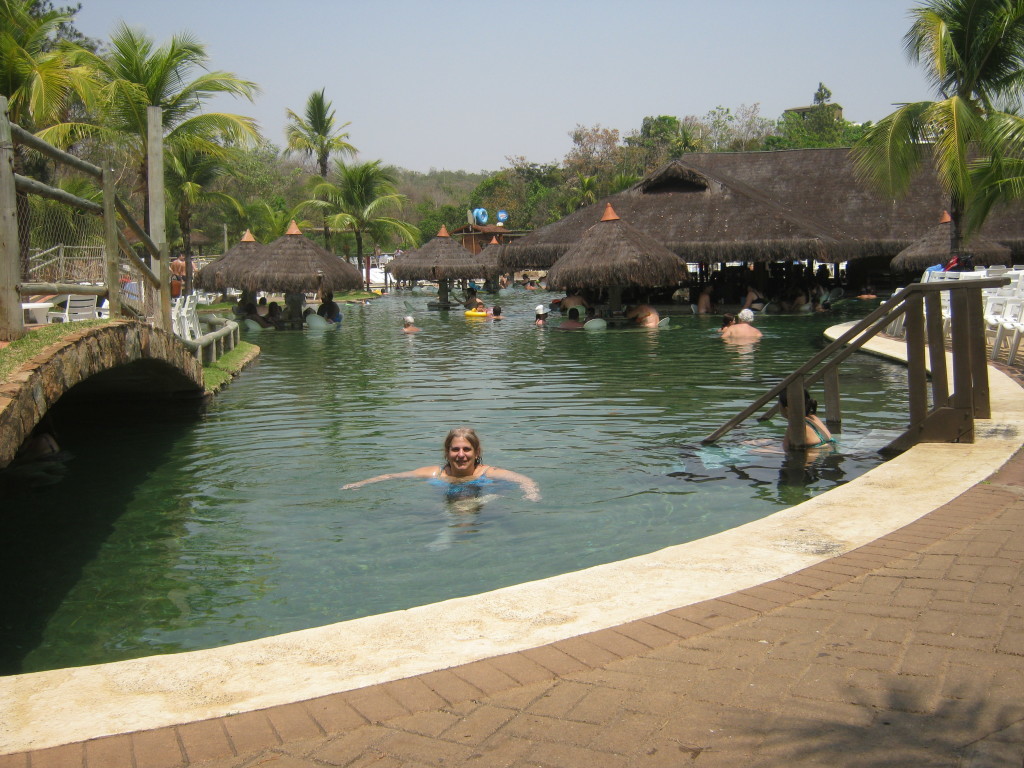
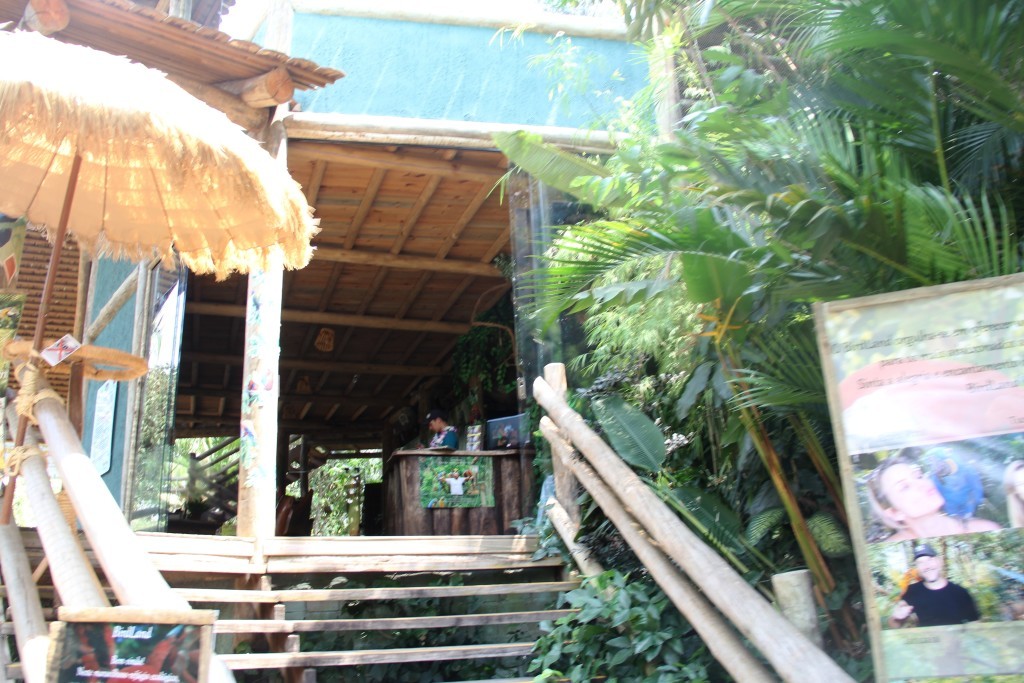
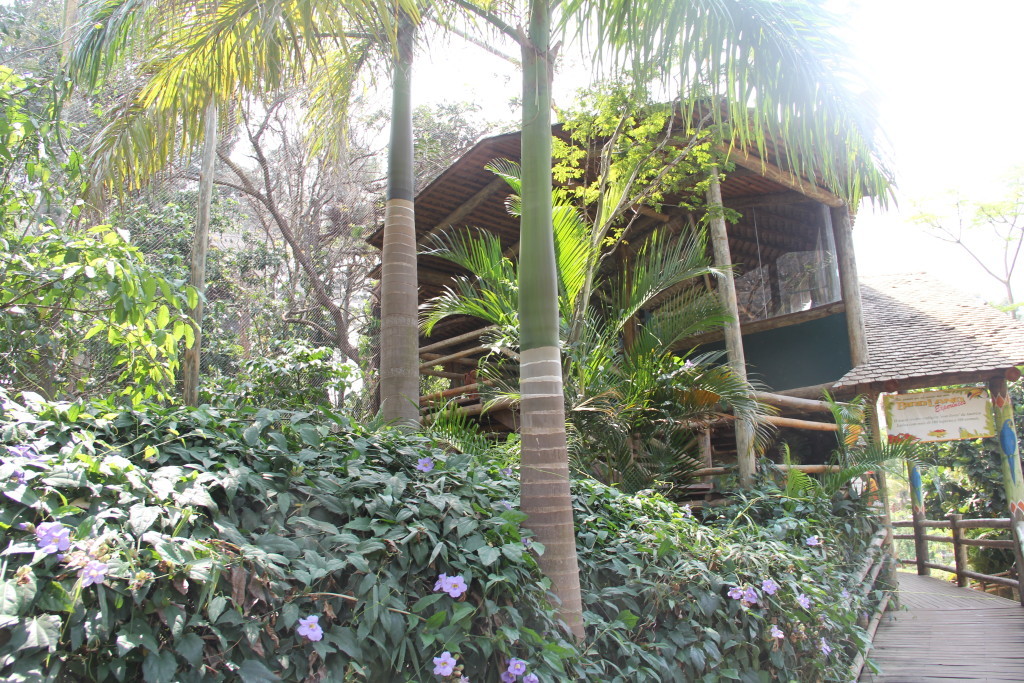
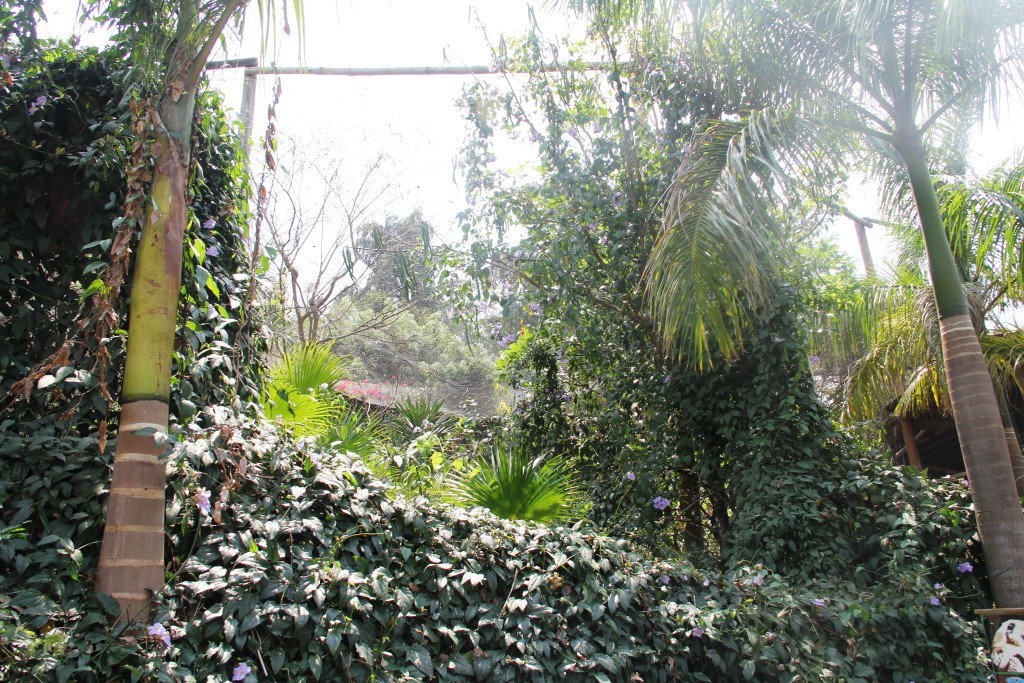
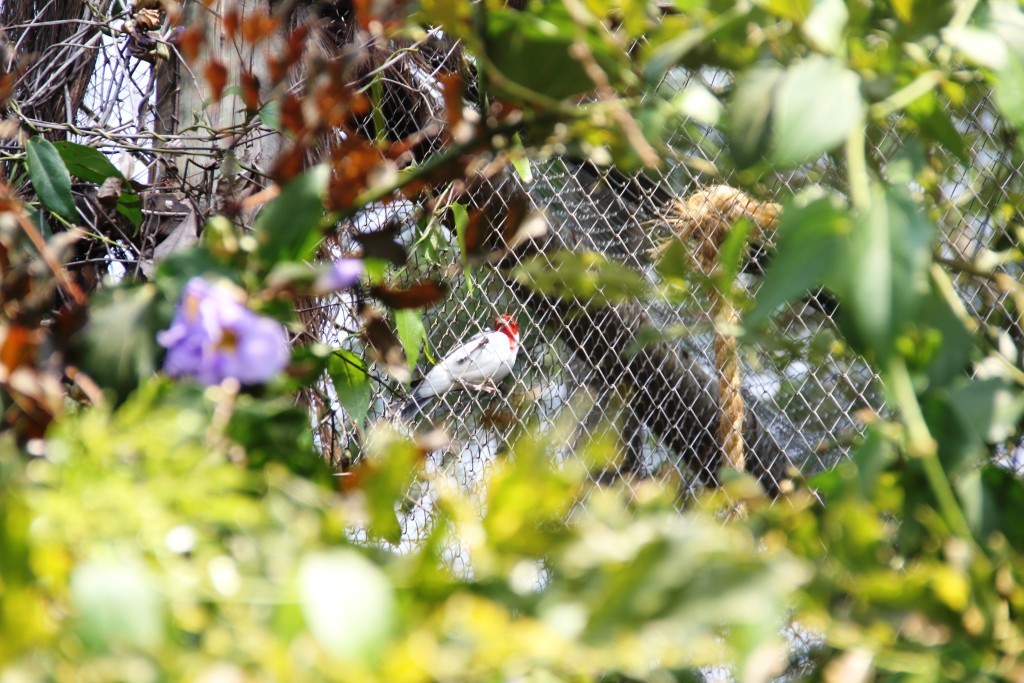
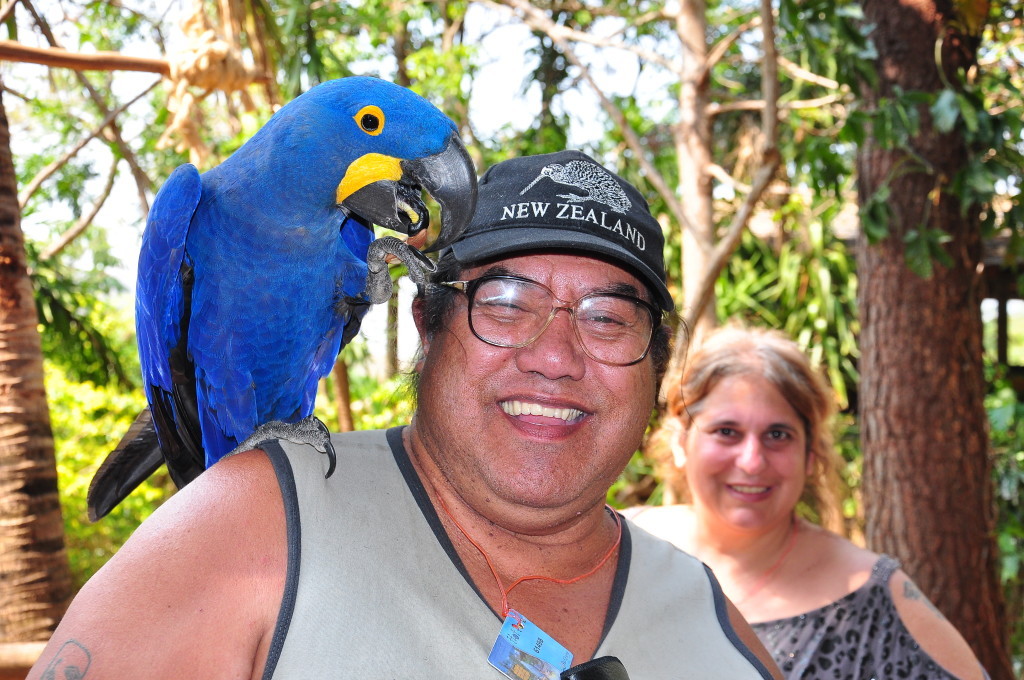
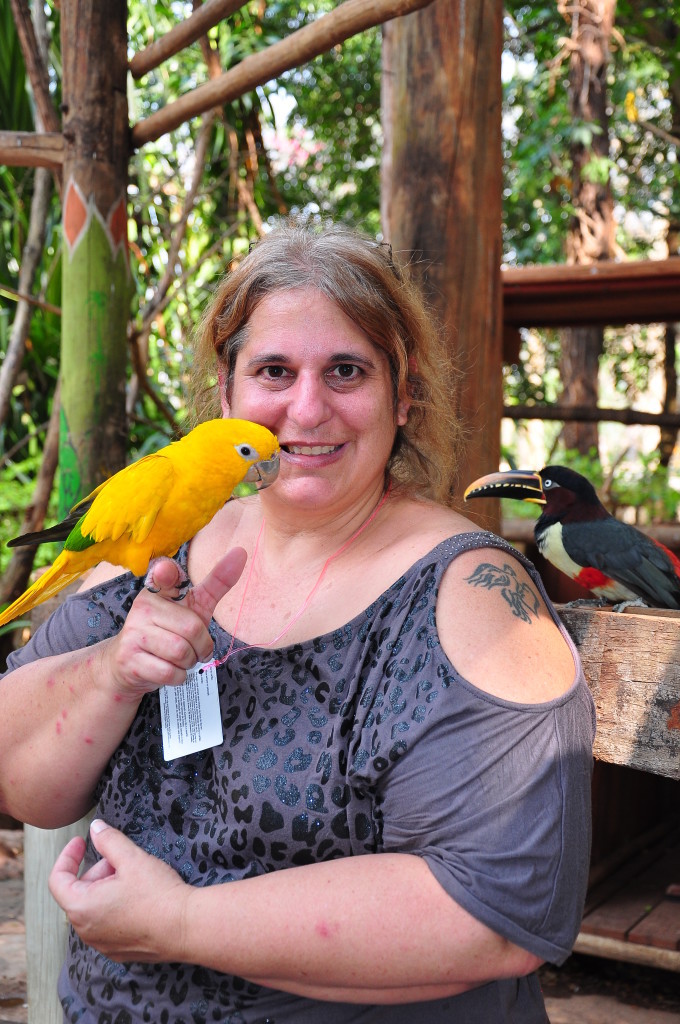
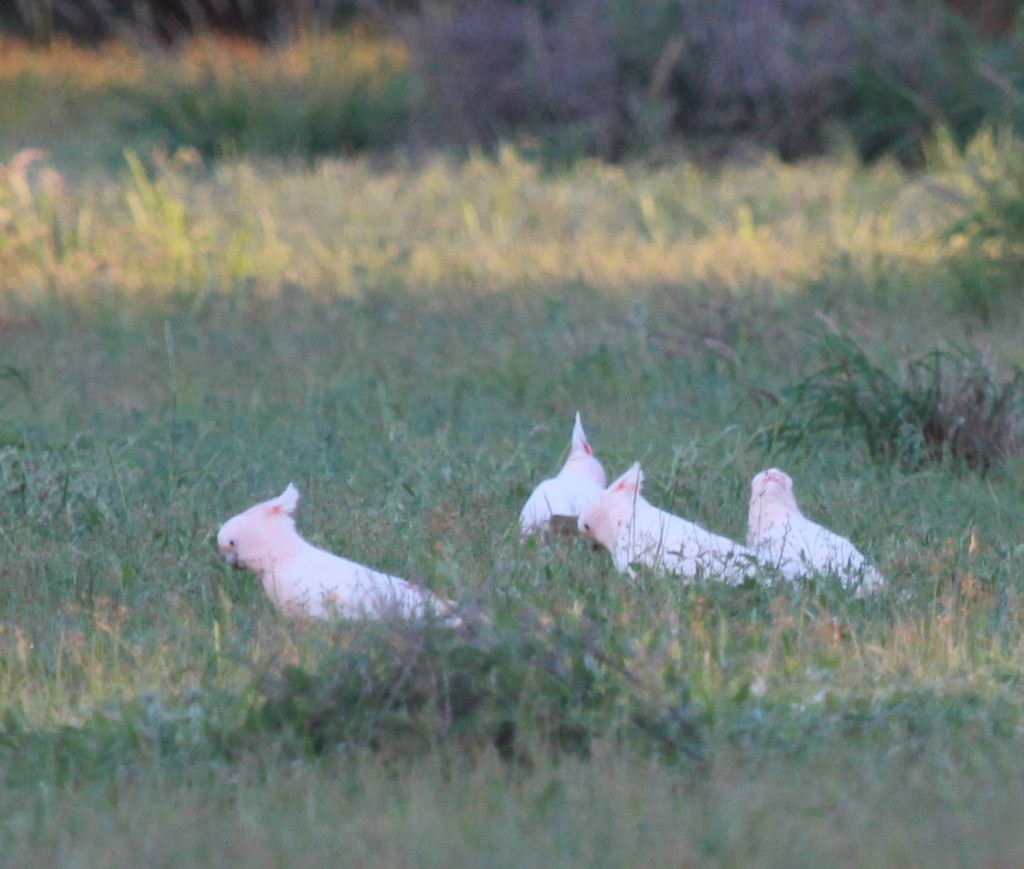
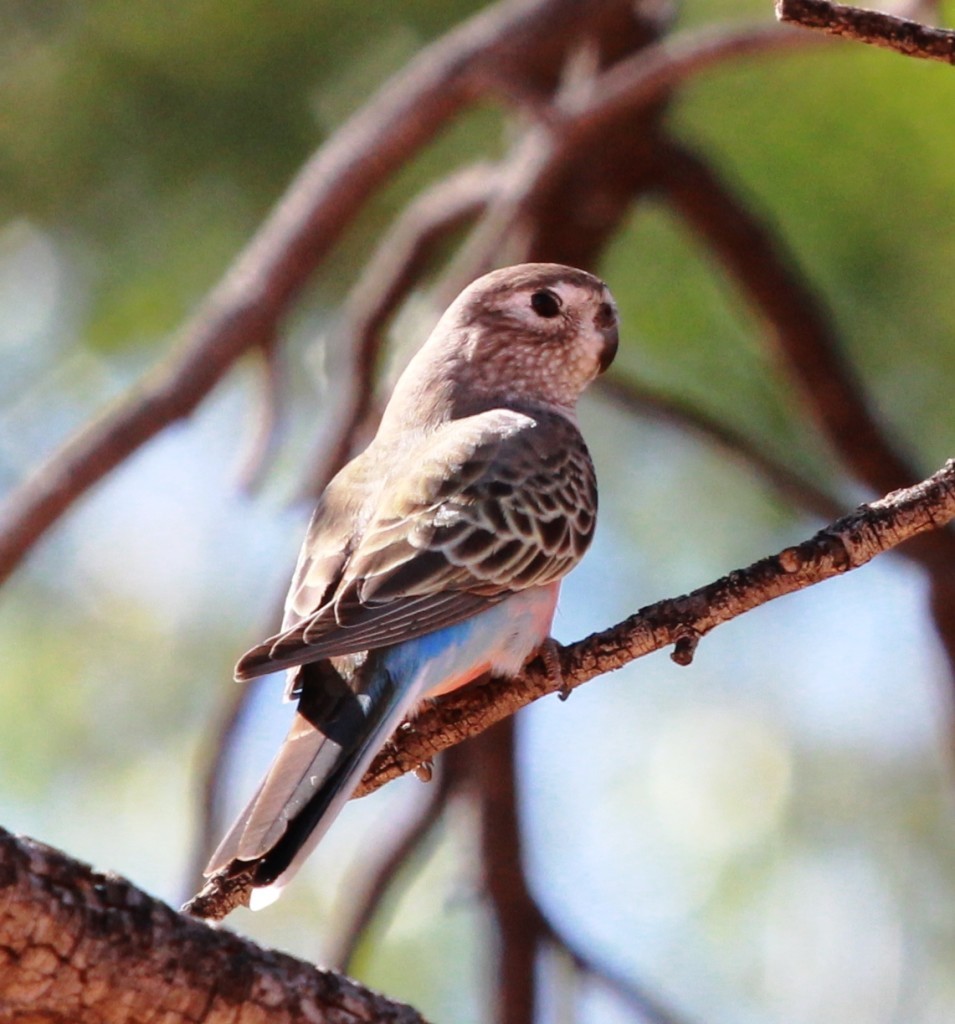
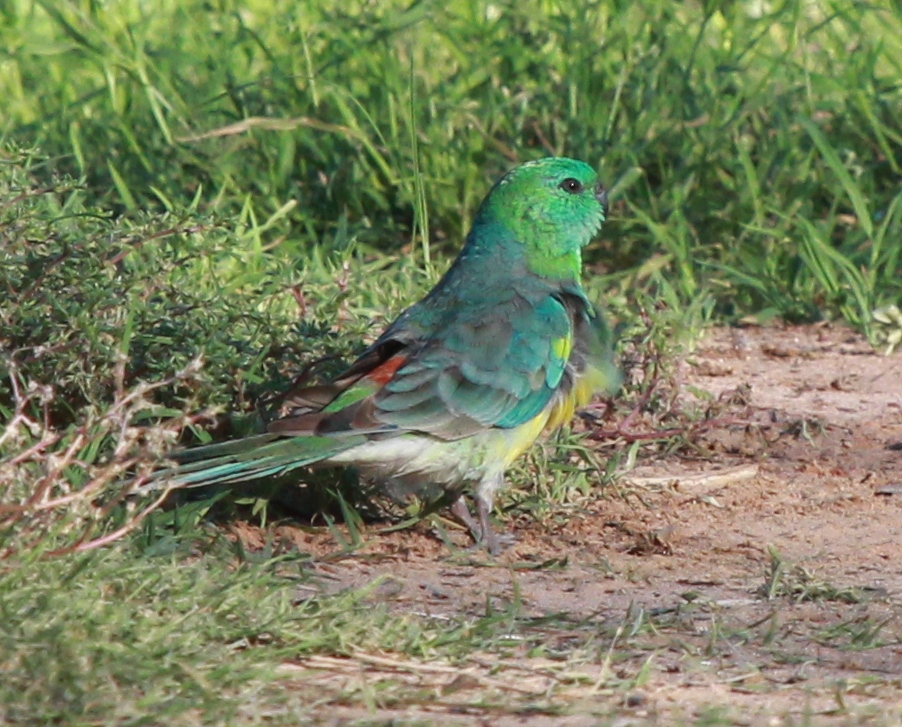
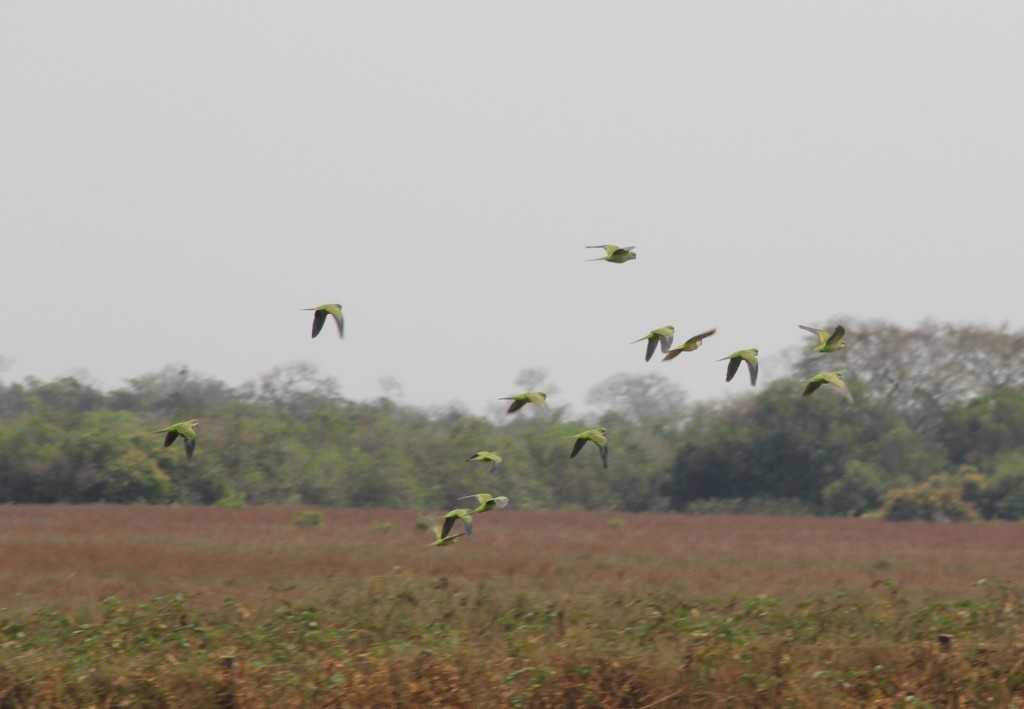
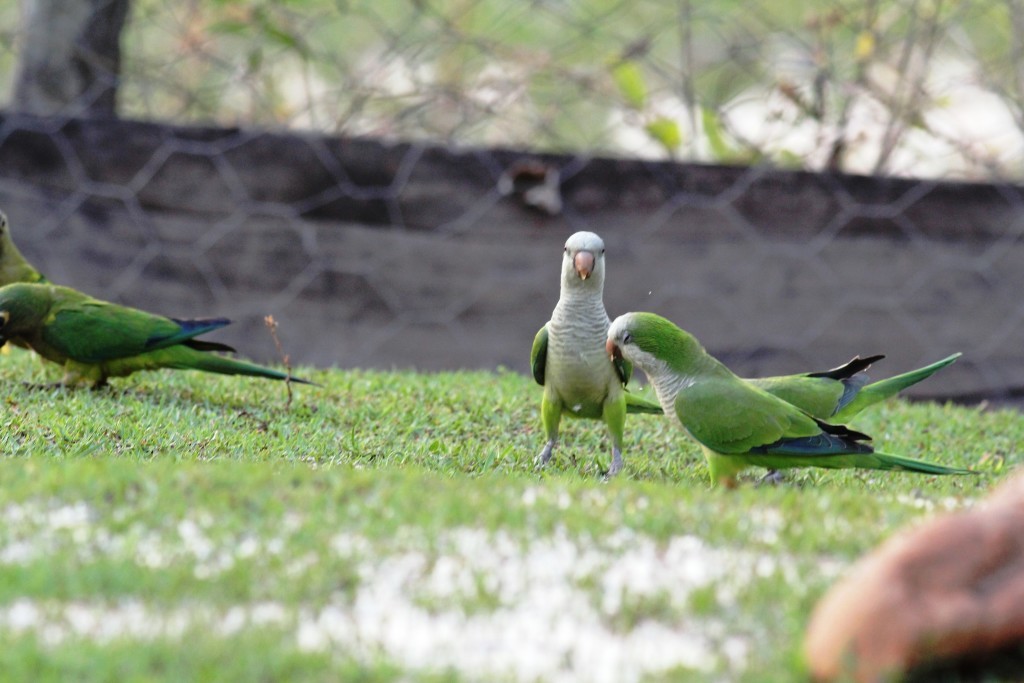
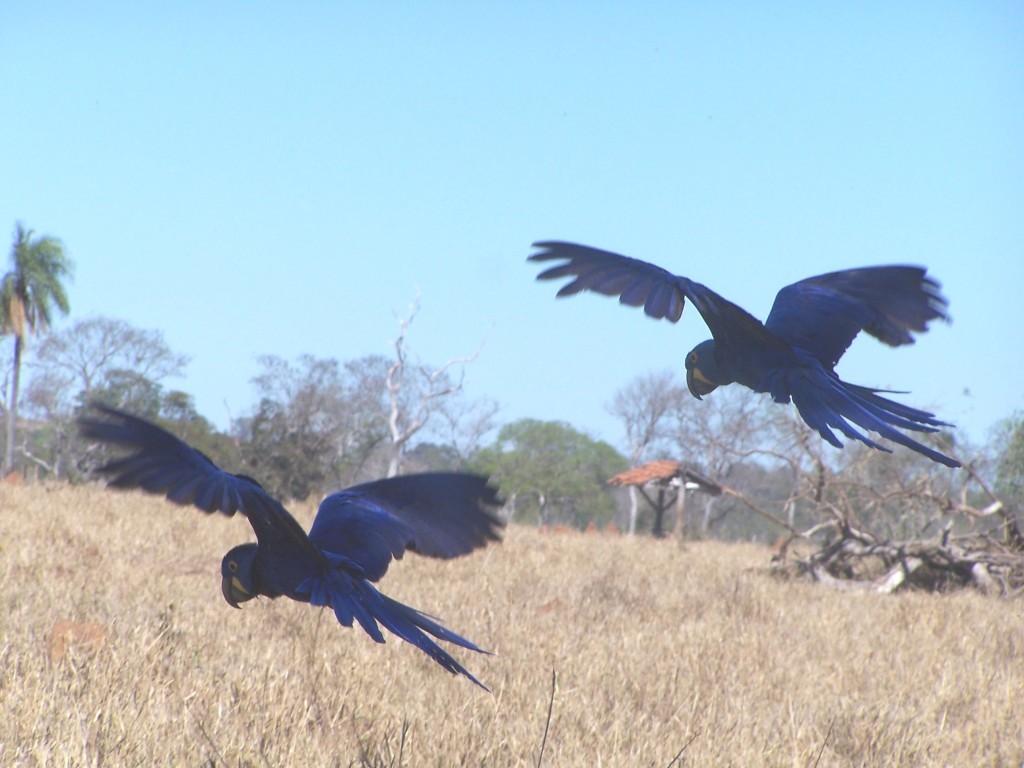
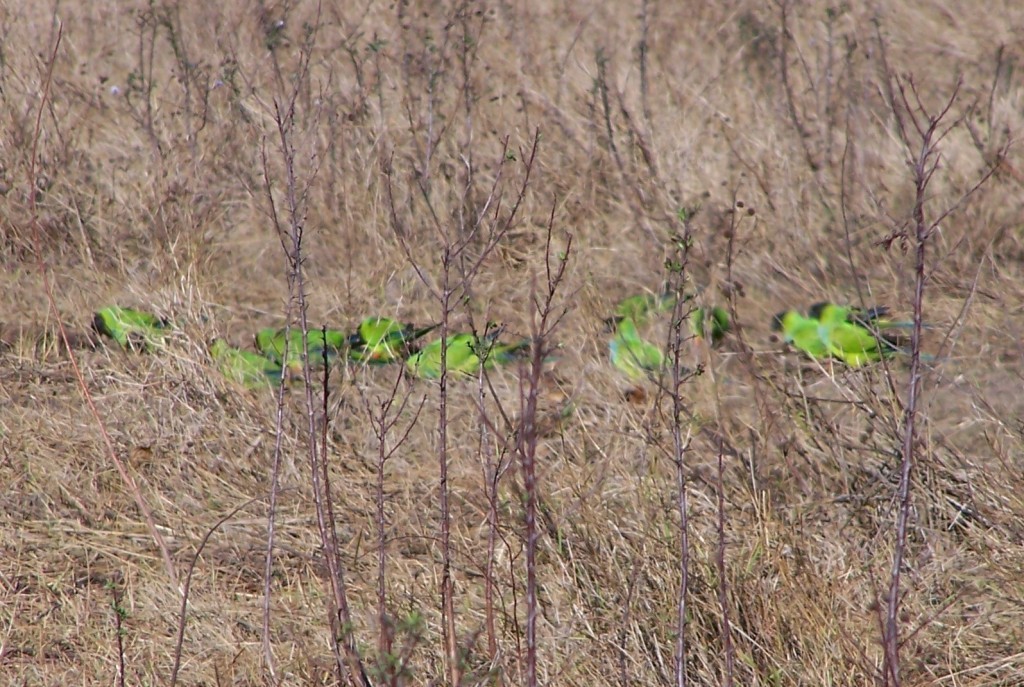
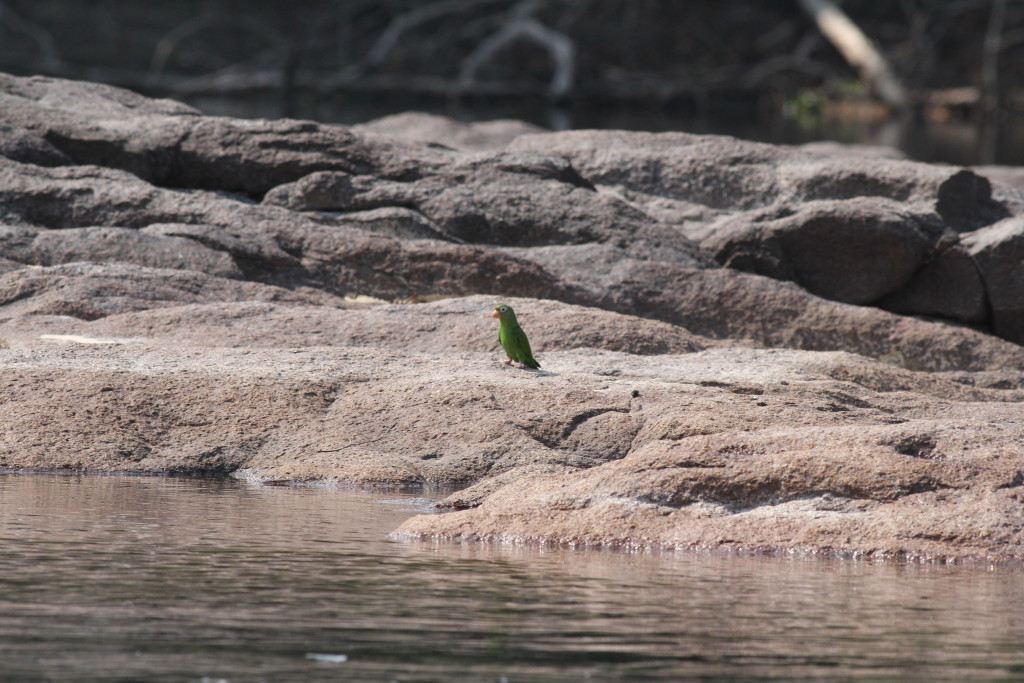
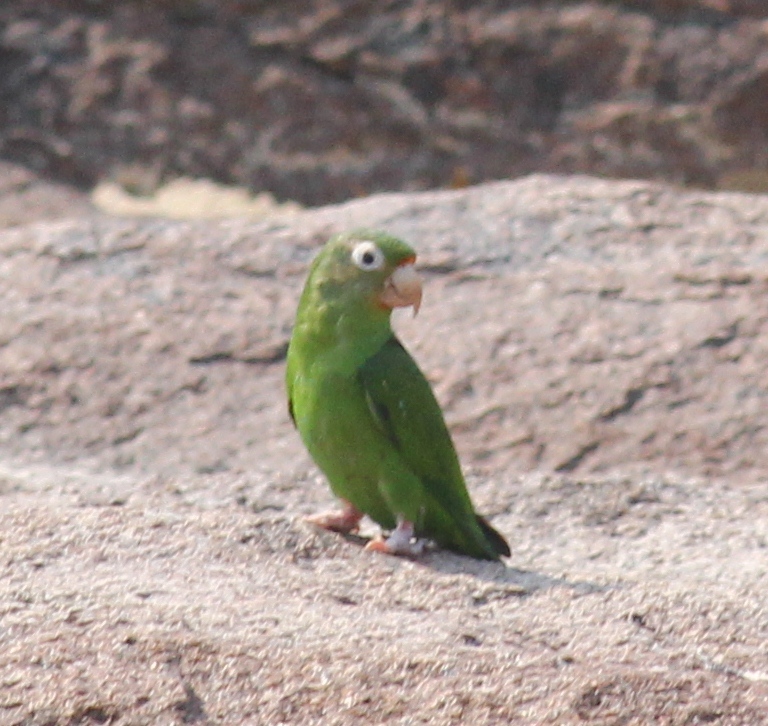
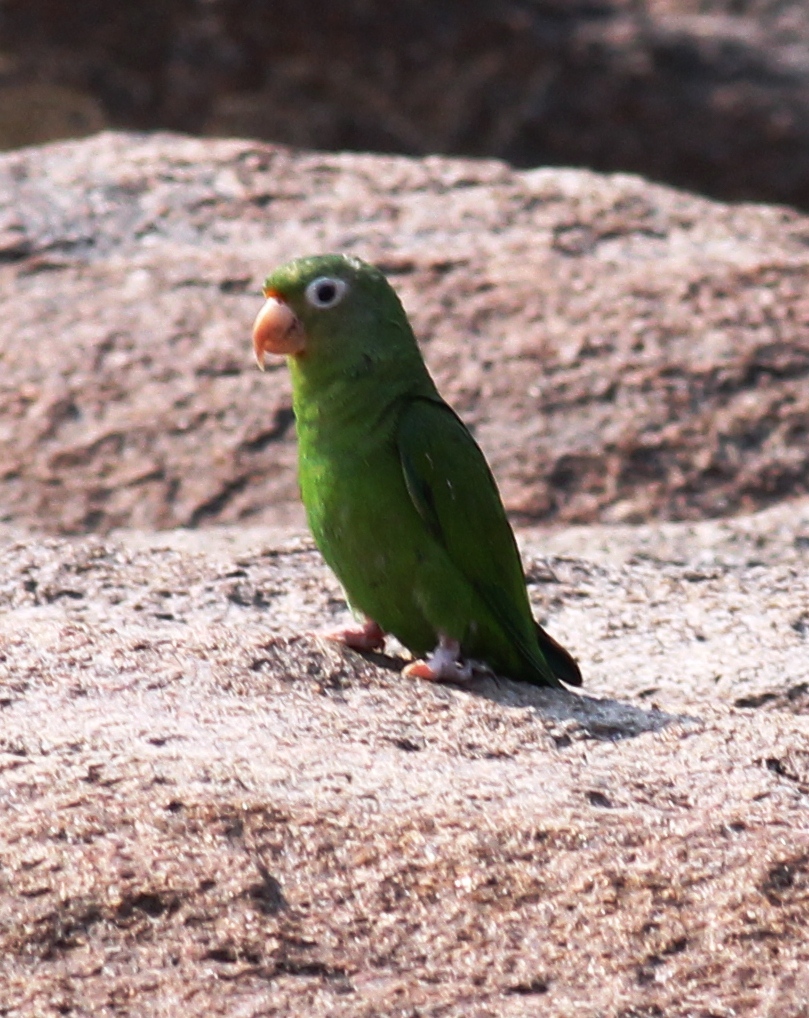
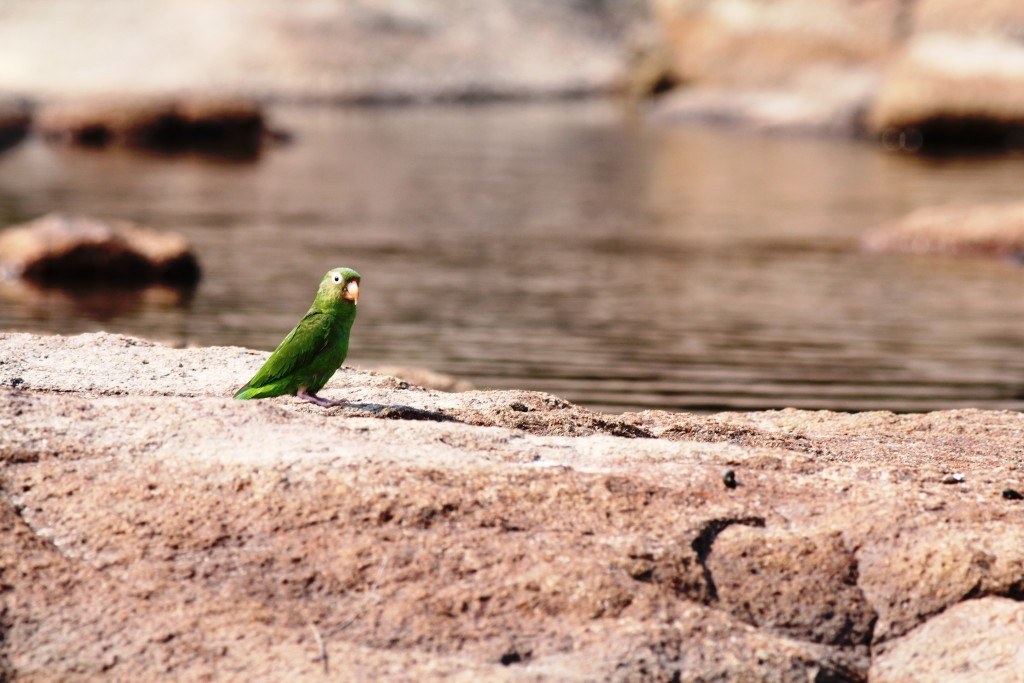
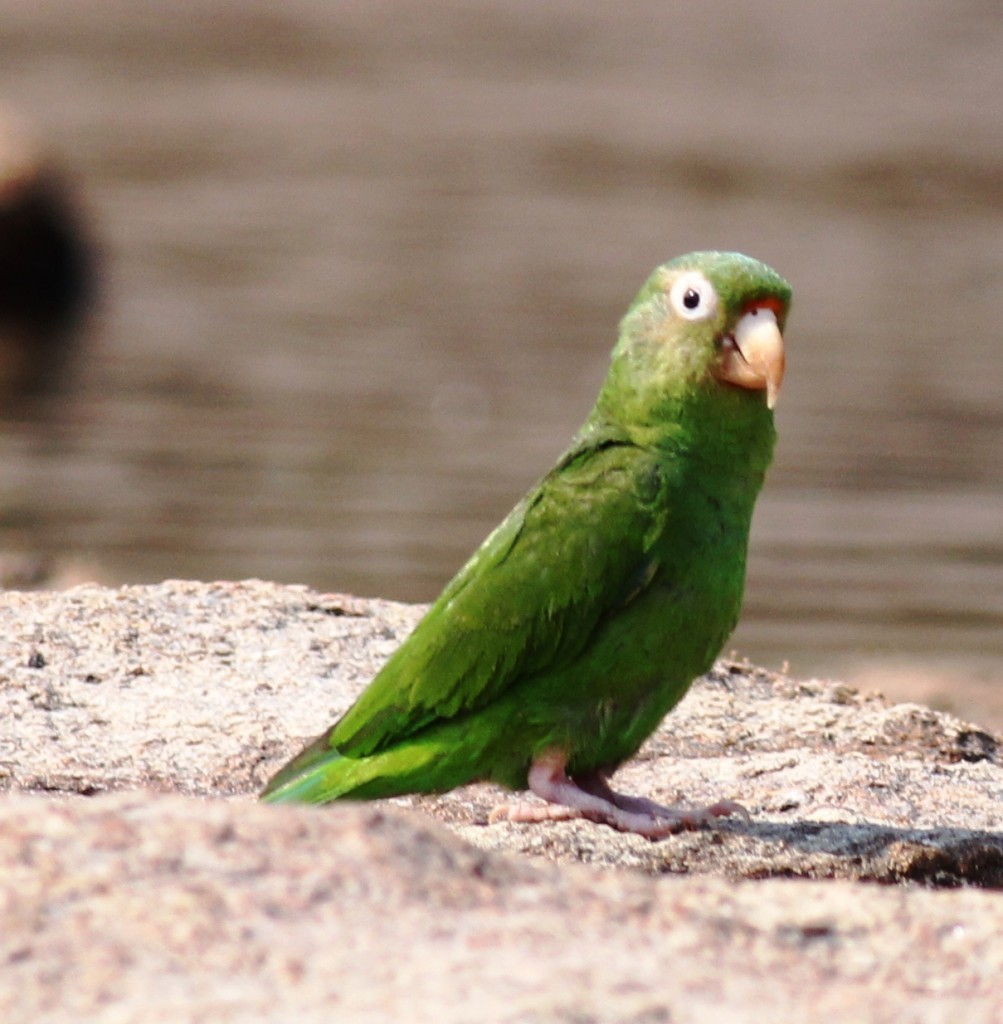
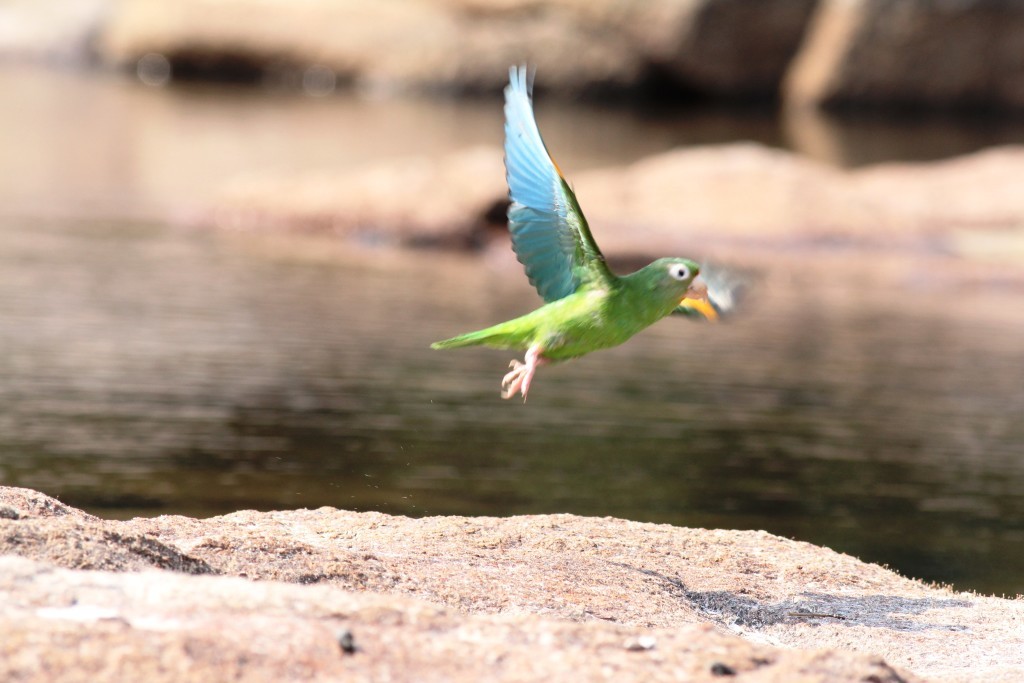
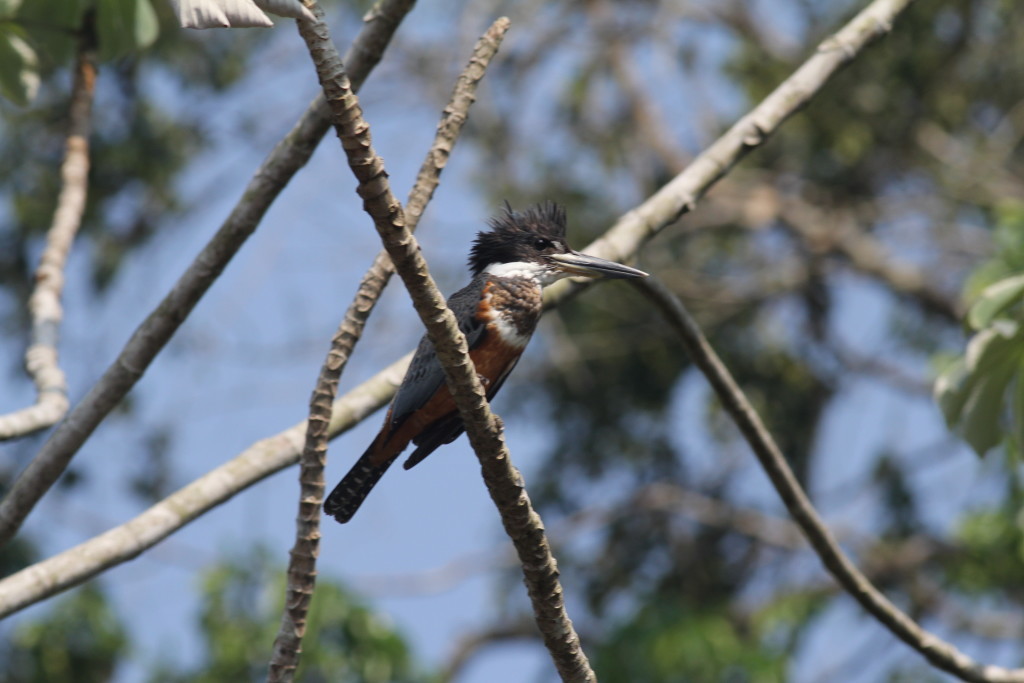
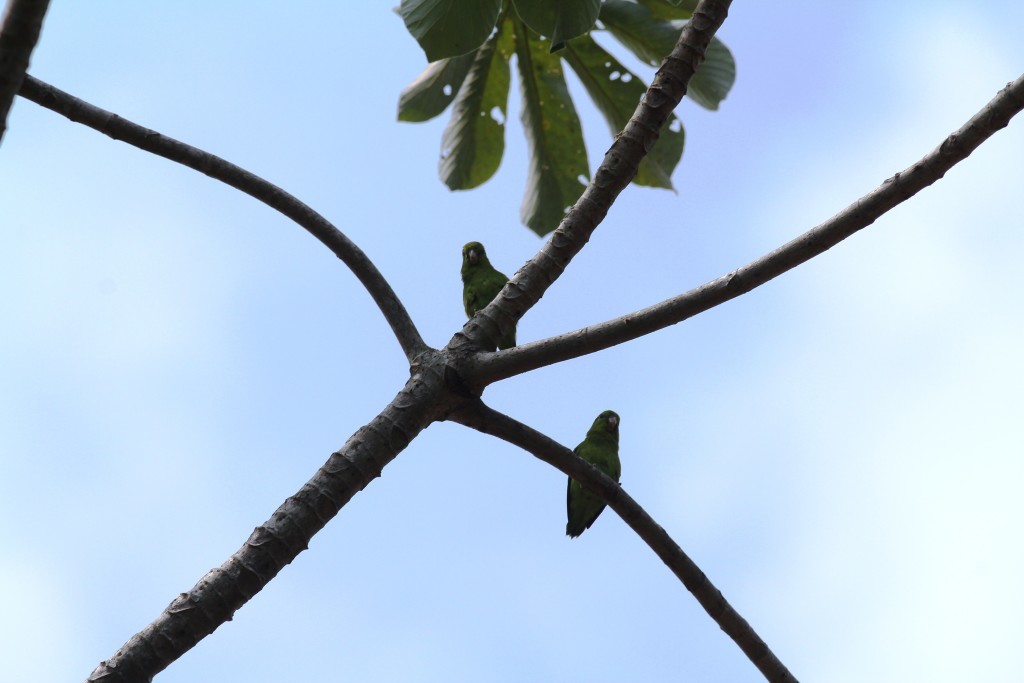
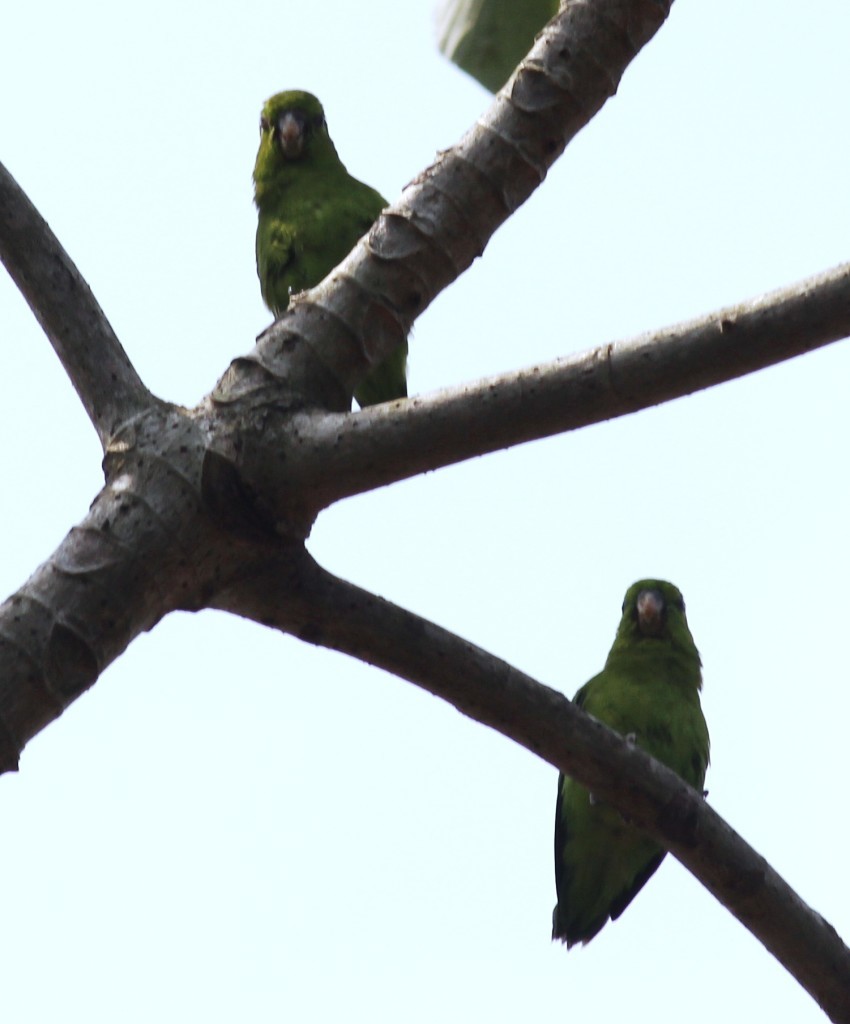
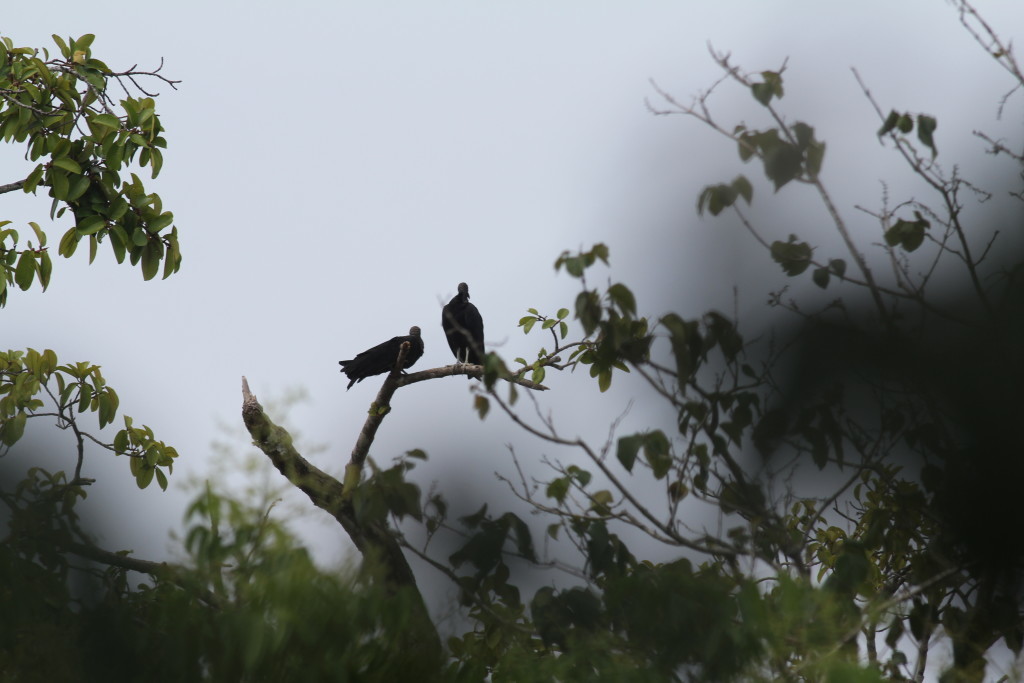
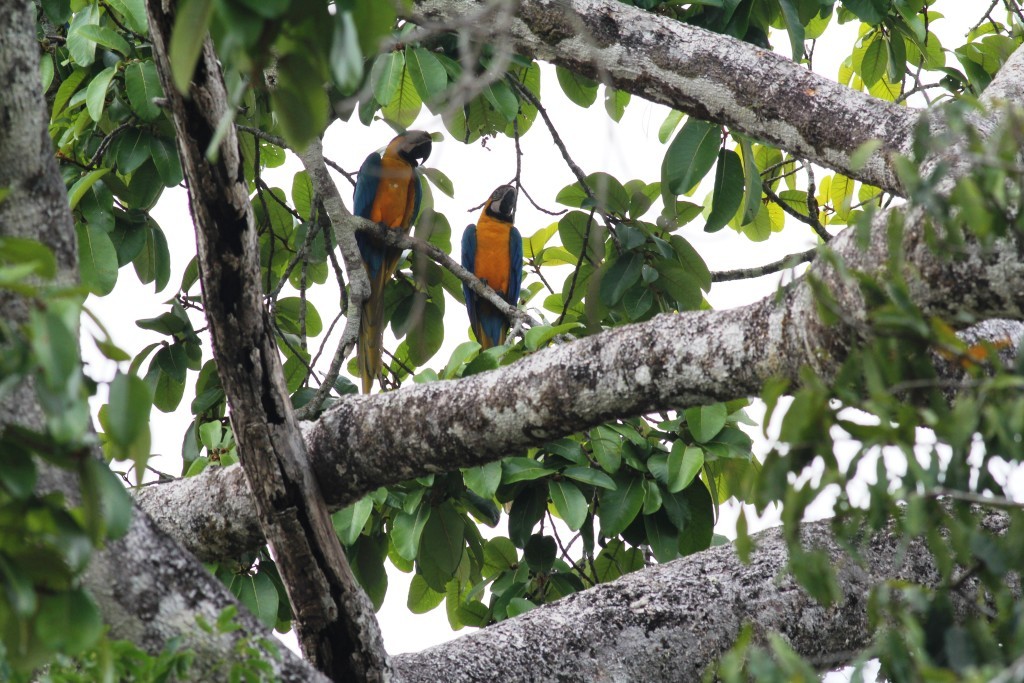
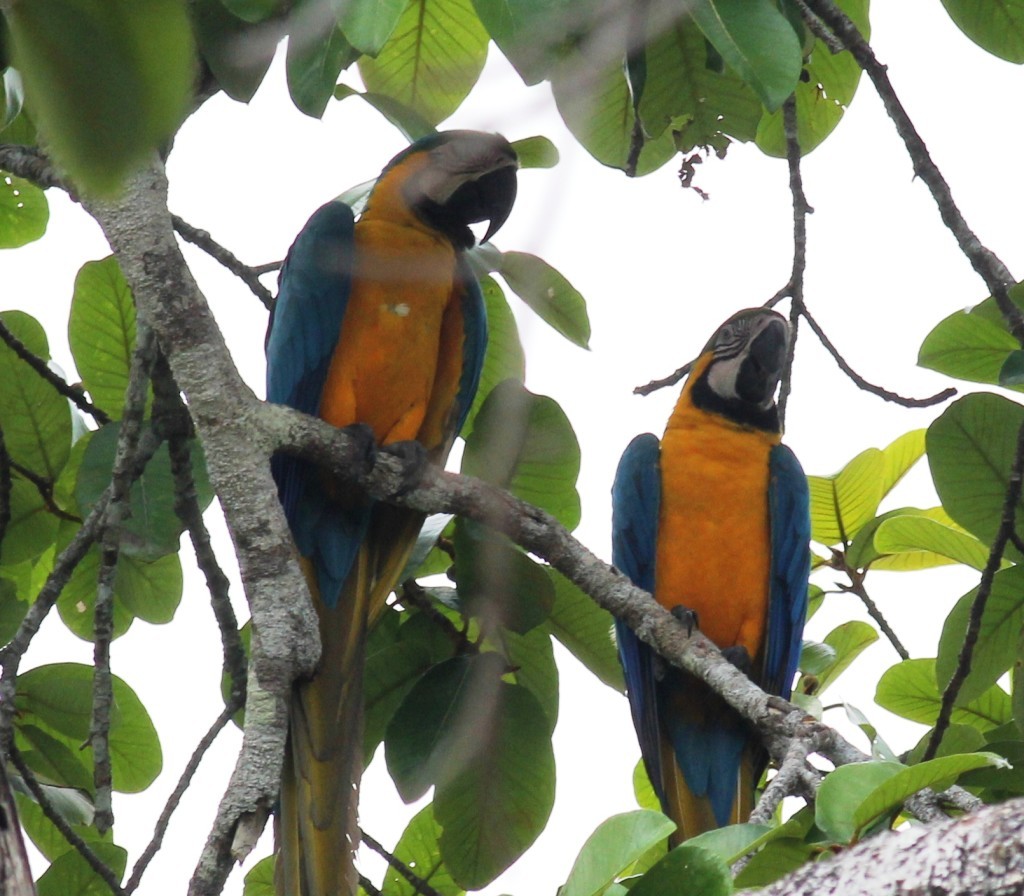
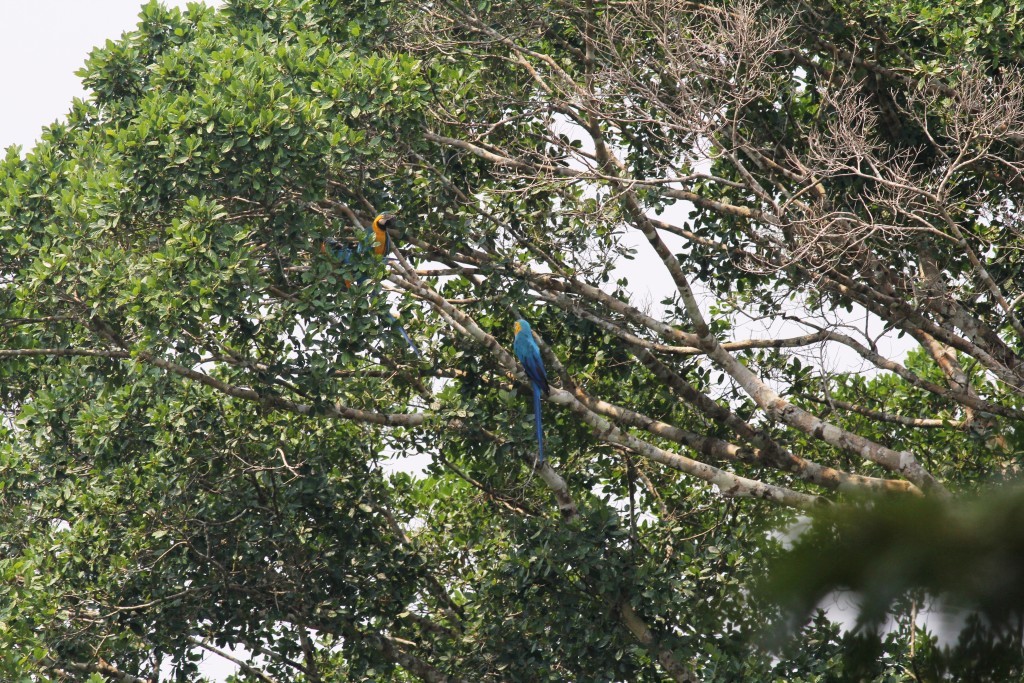
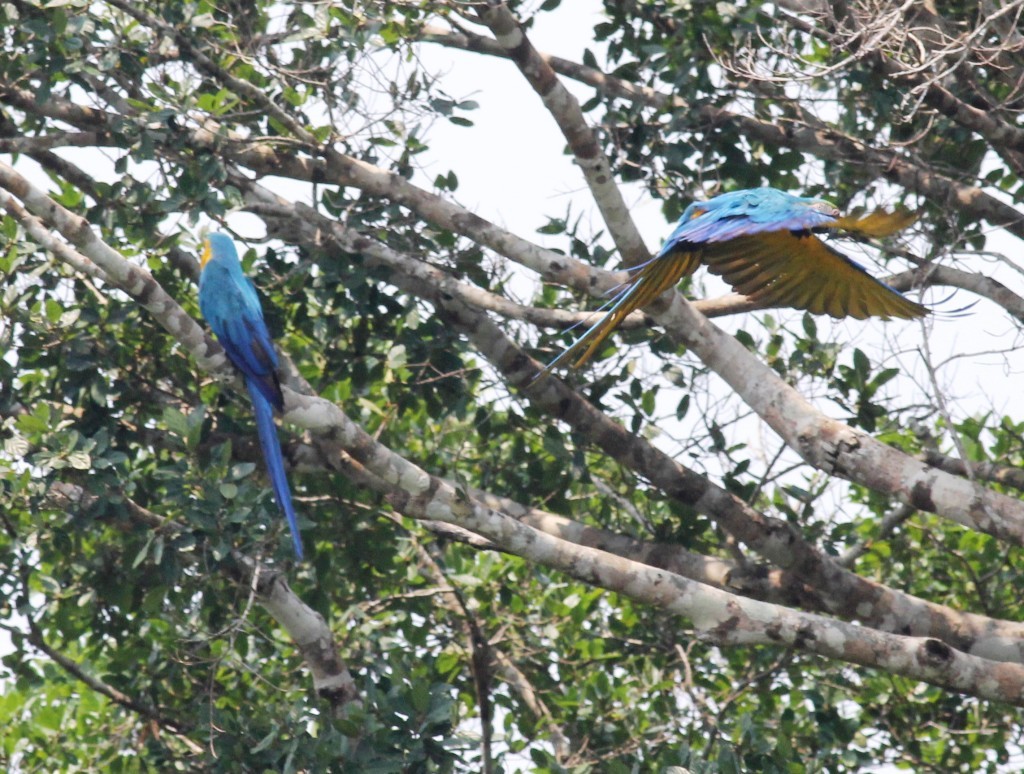
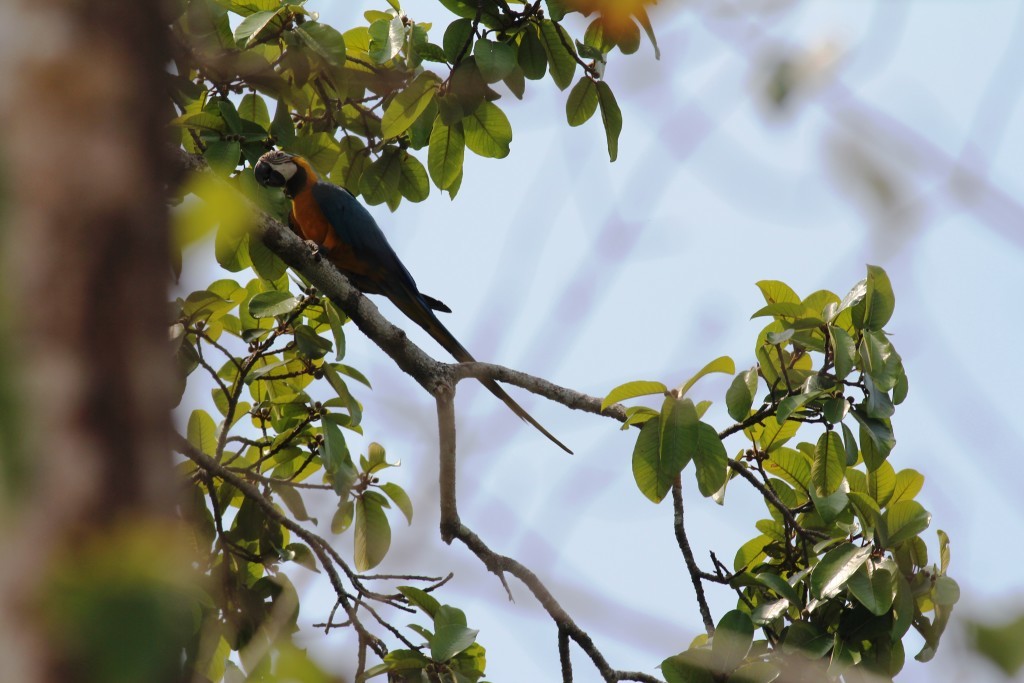
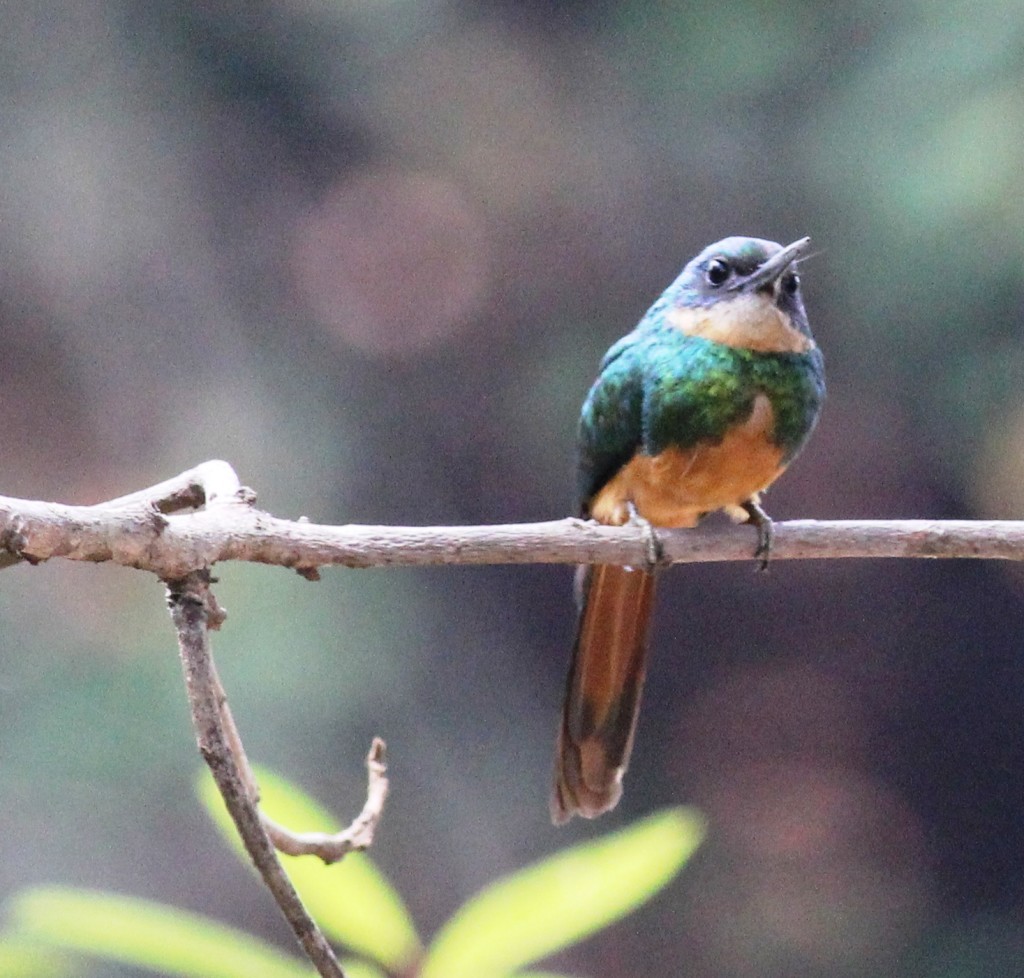
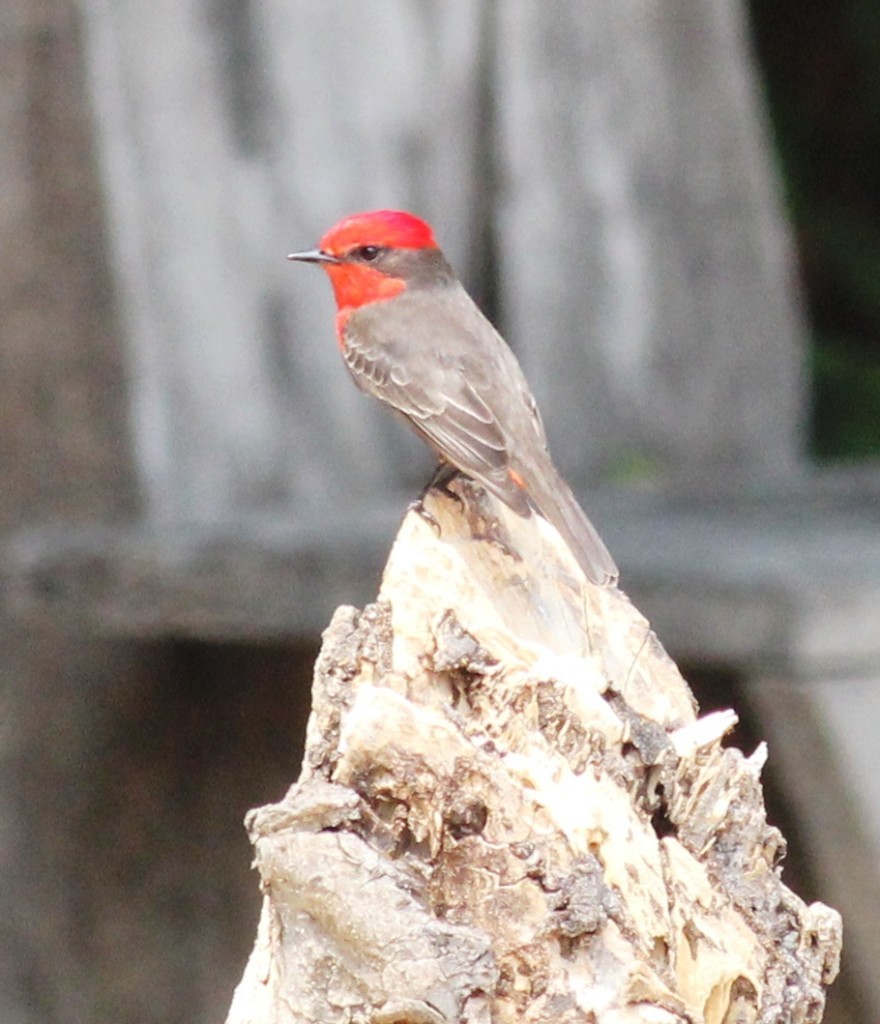
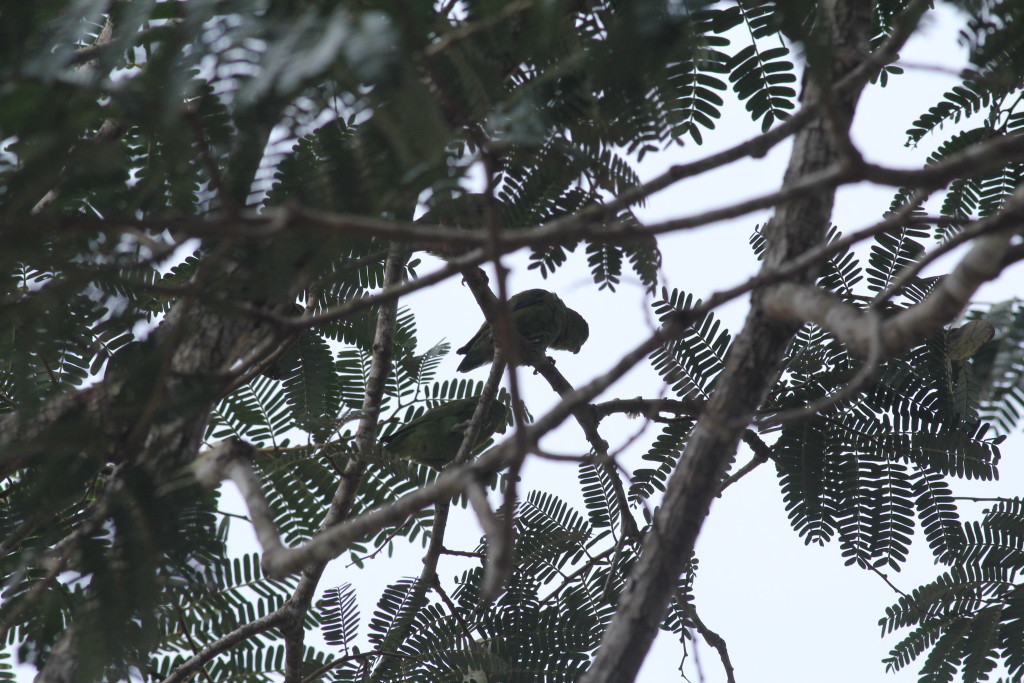
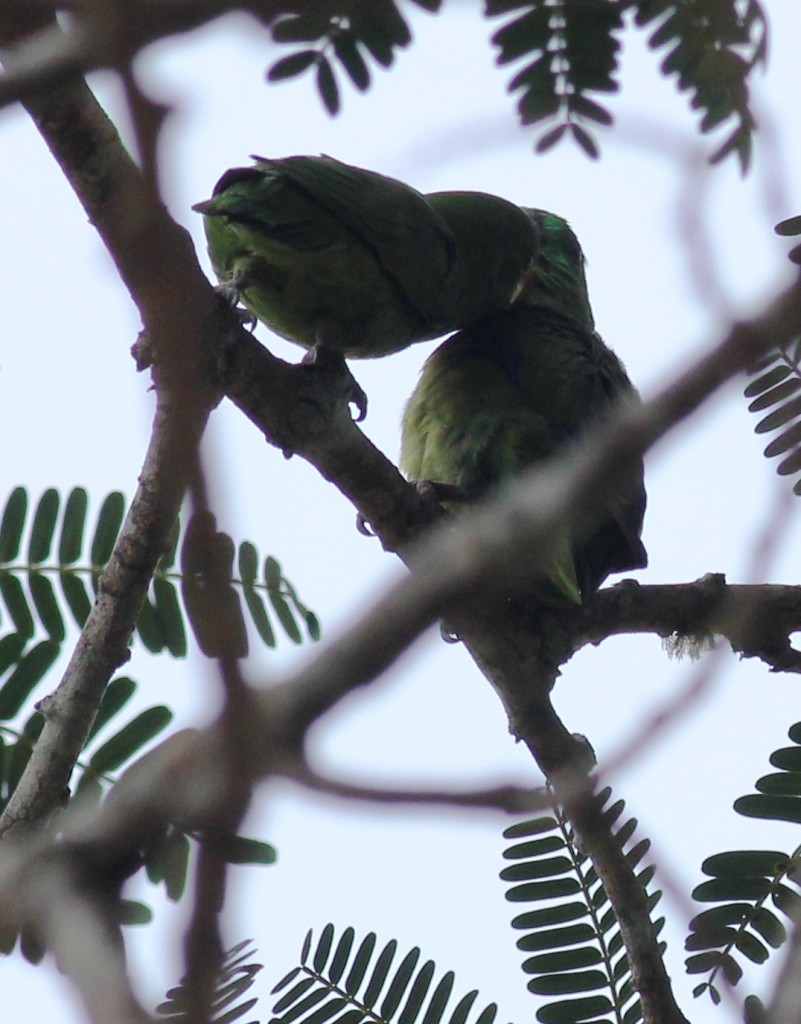
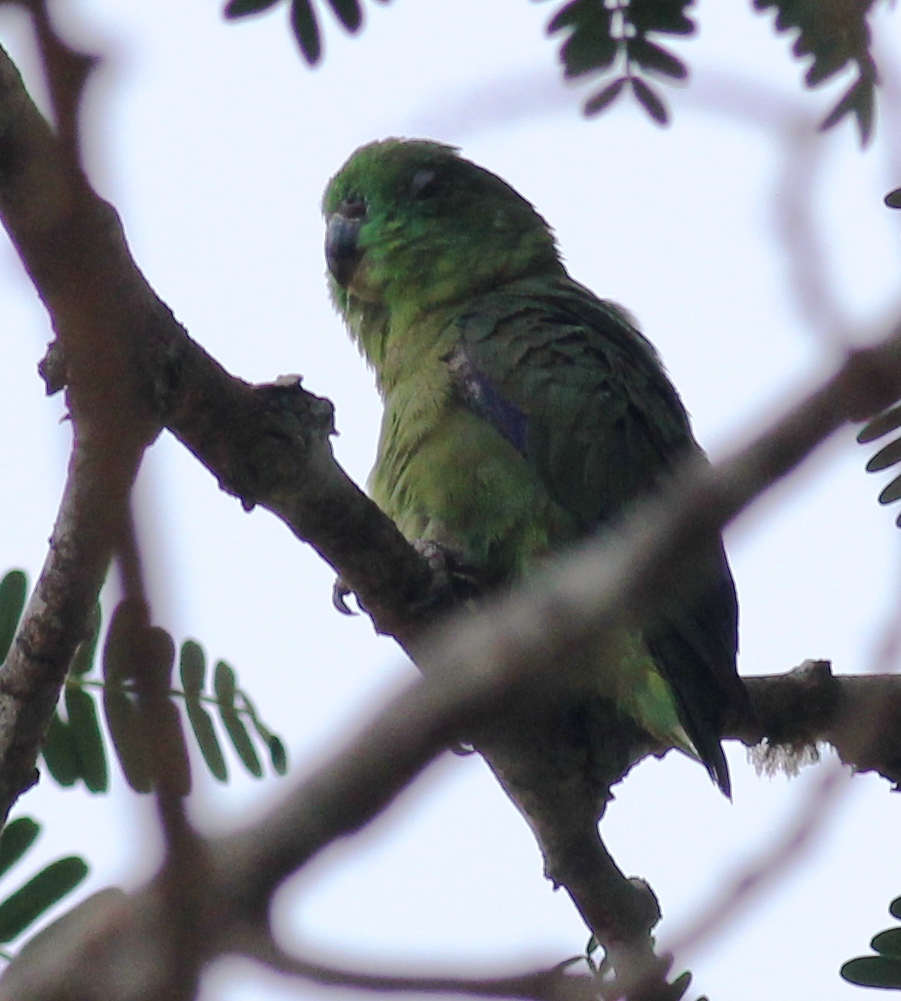
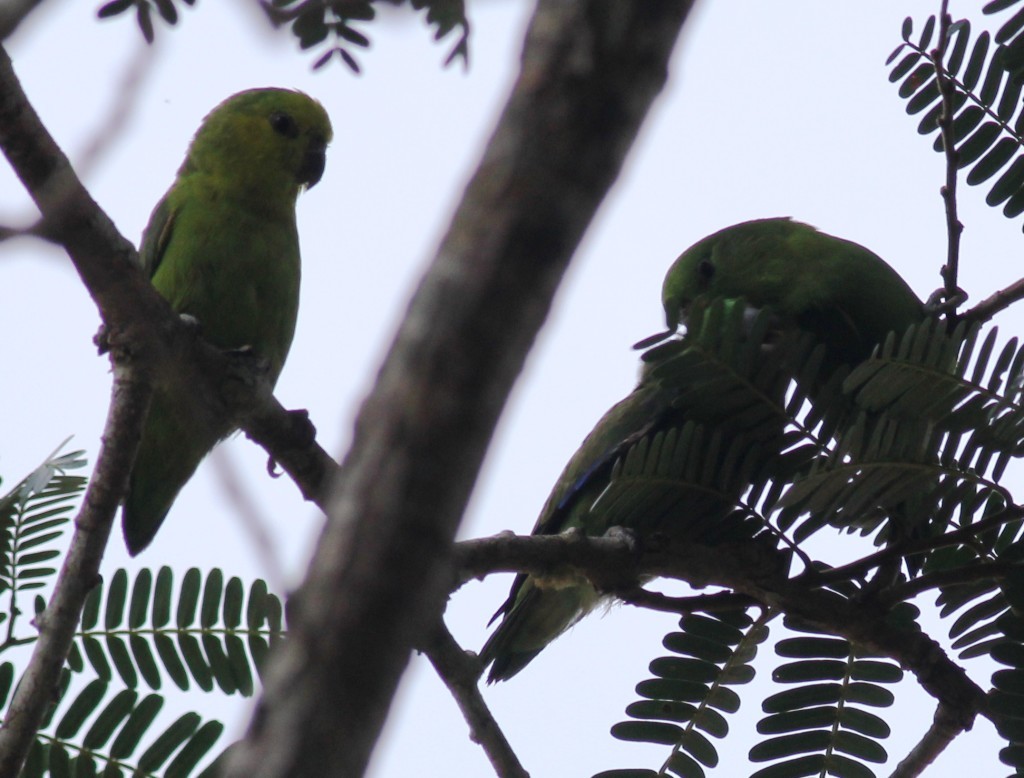
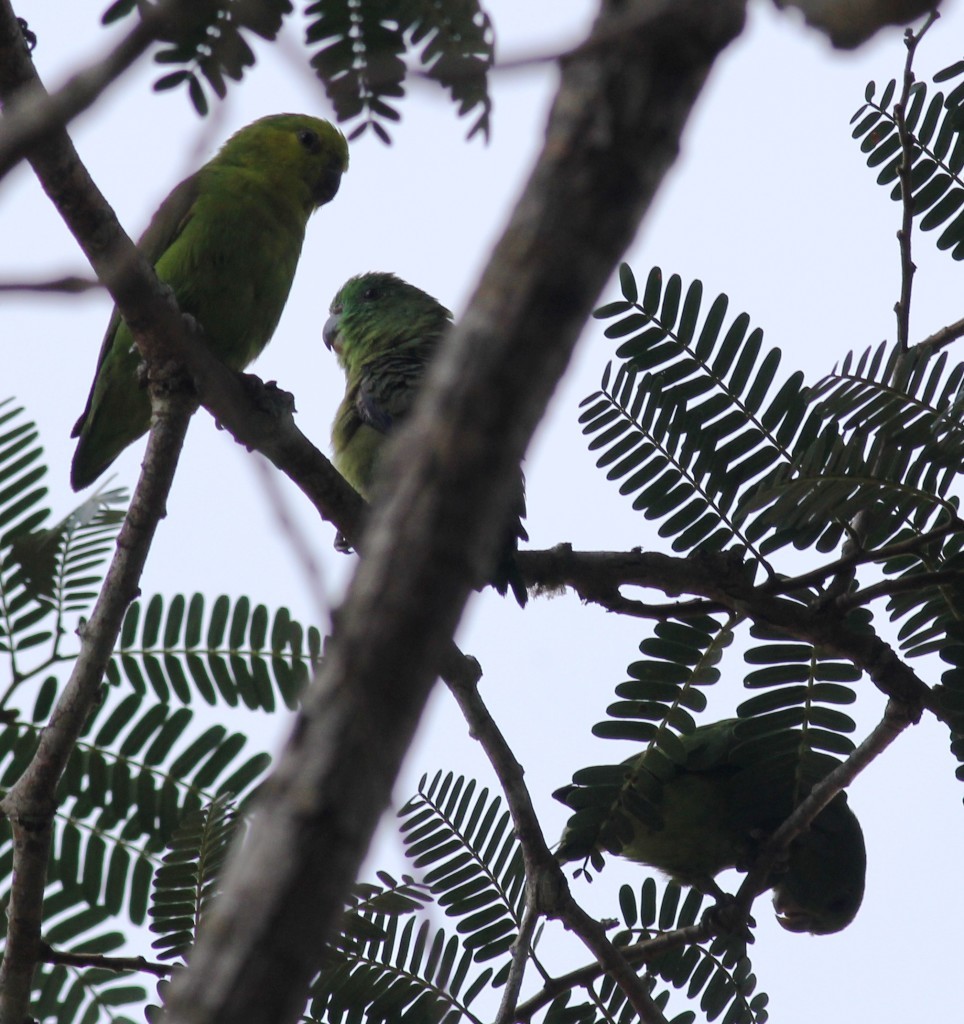
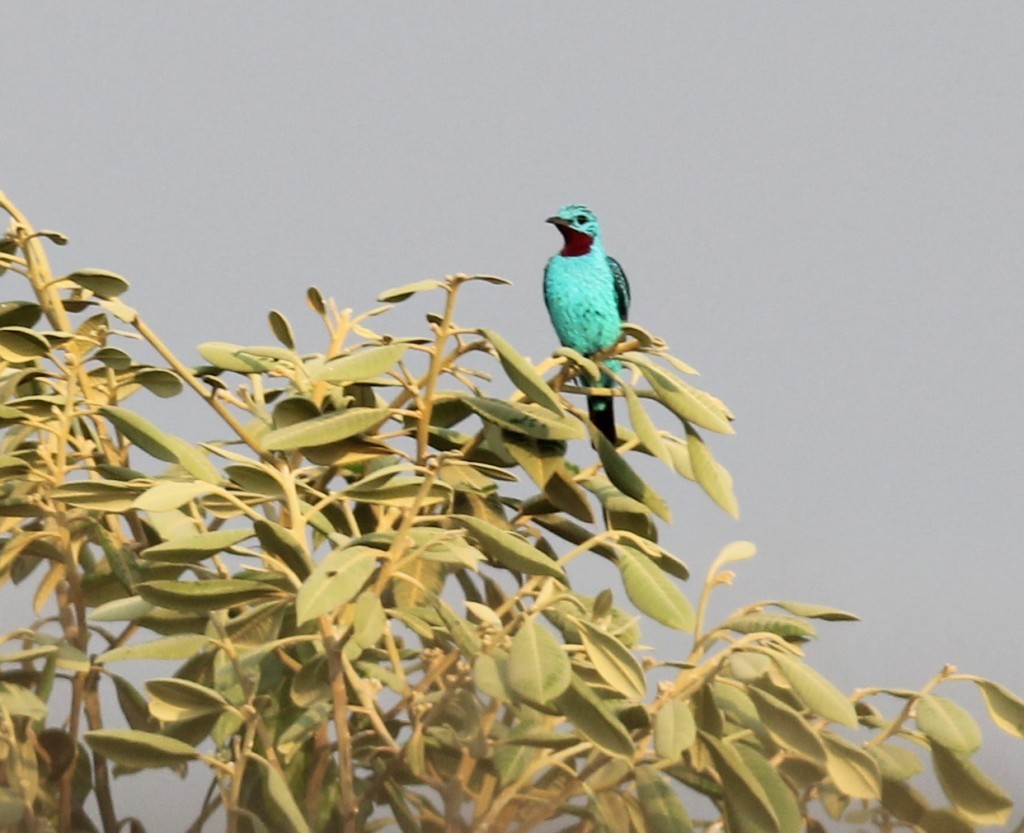
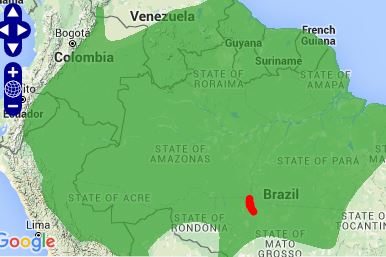
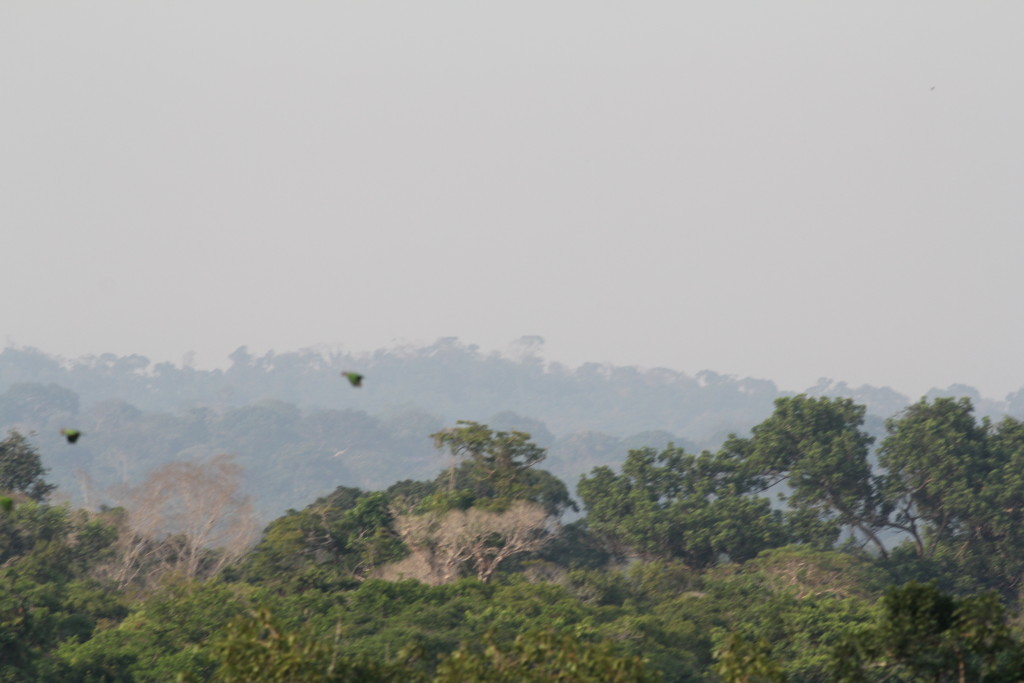
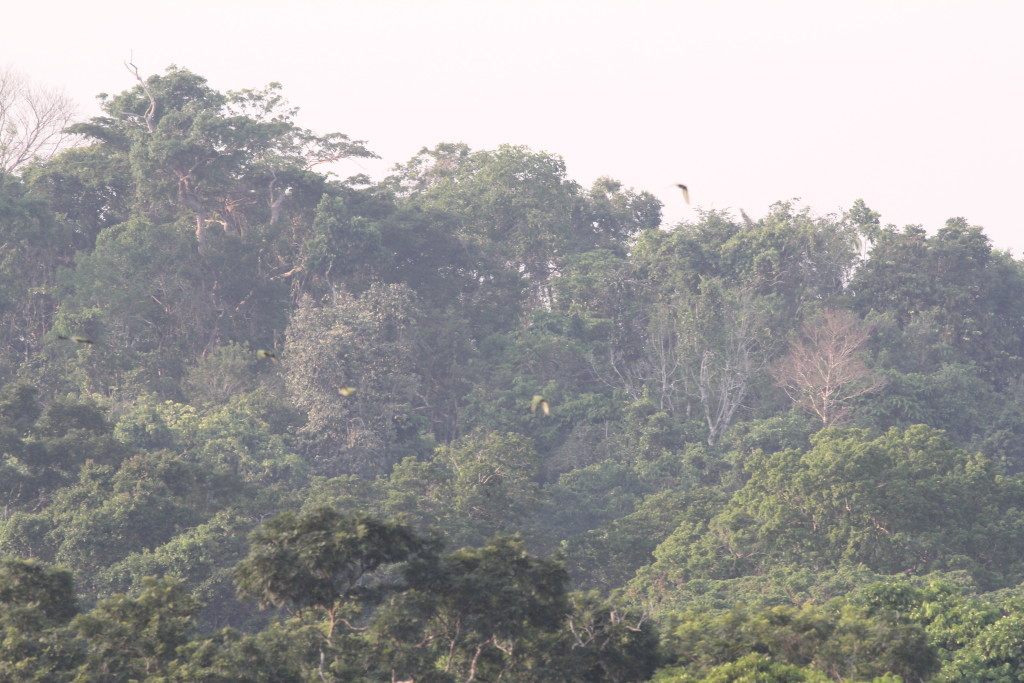 I couldn’t get a decent shot so here’s one from Wikipedia.
I couldn’t get a decent shot so here’s one from Wikipedia.